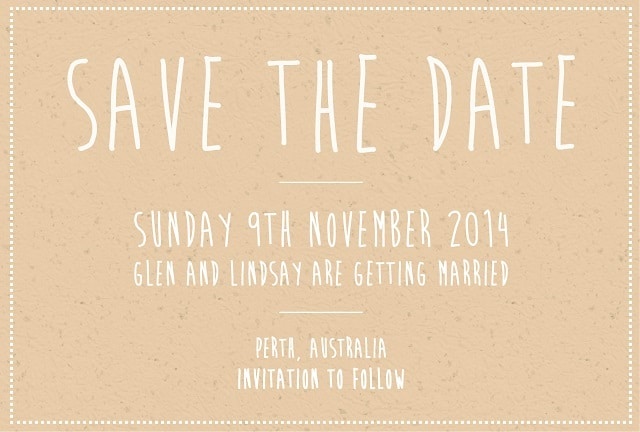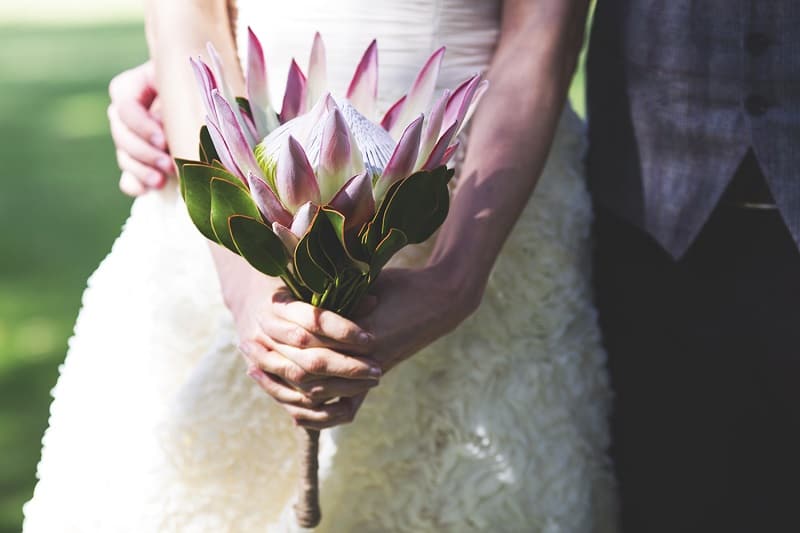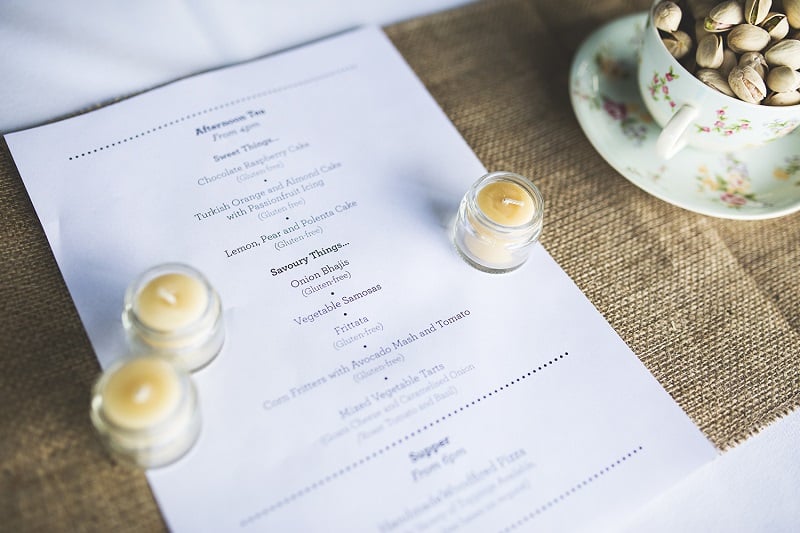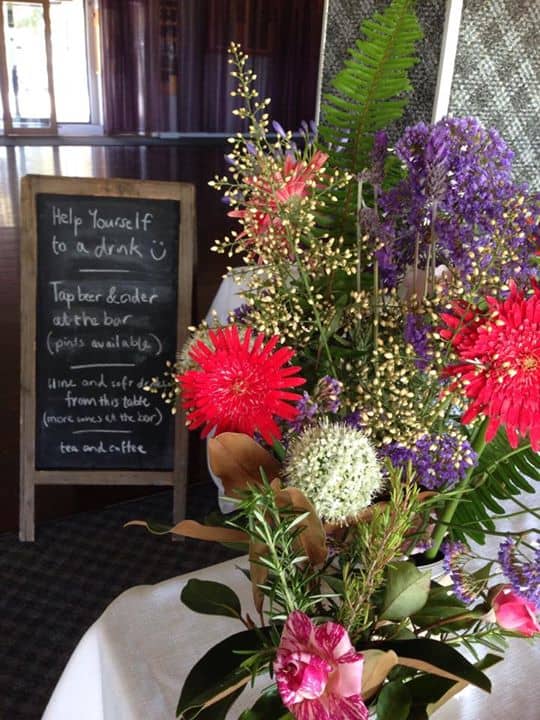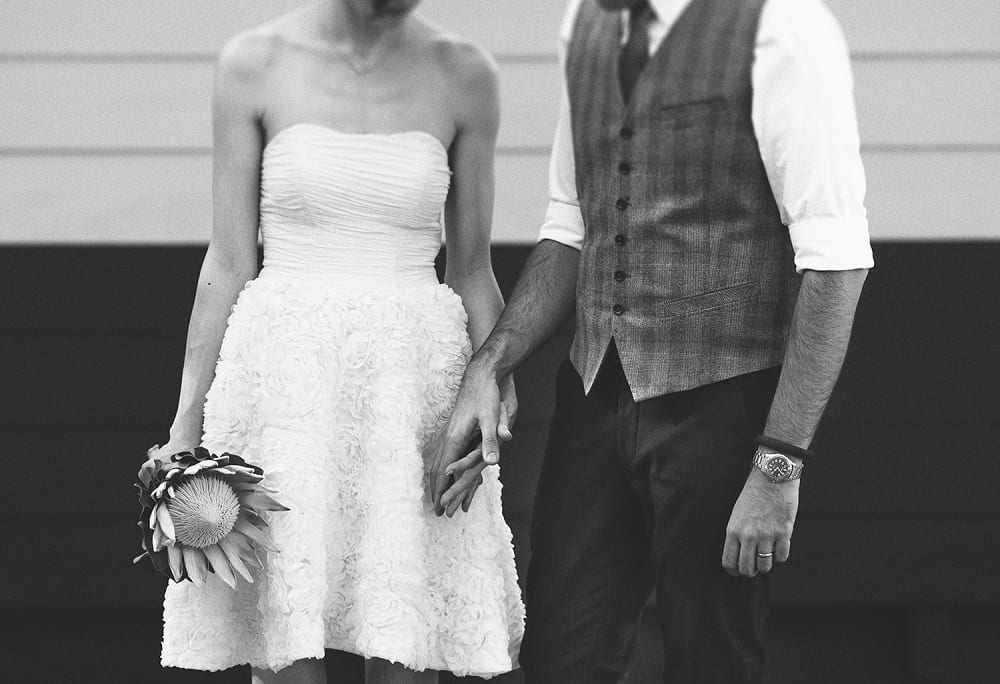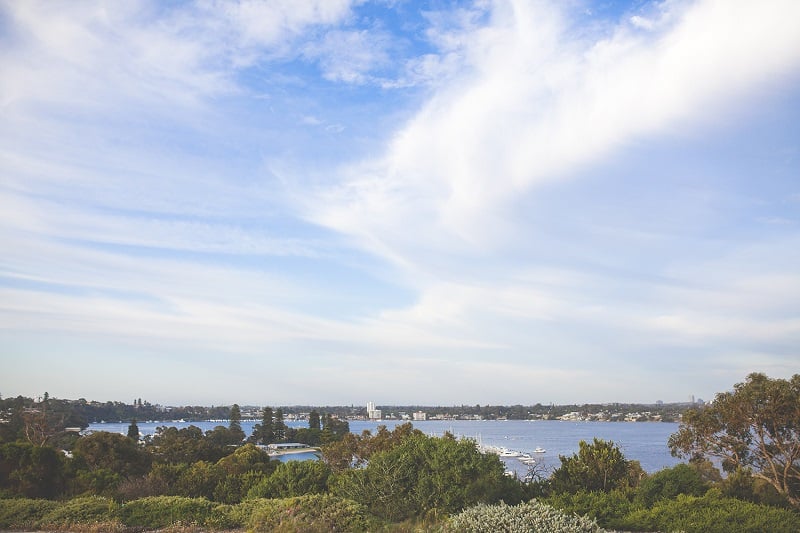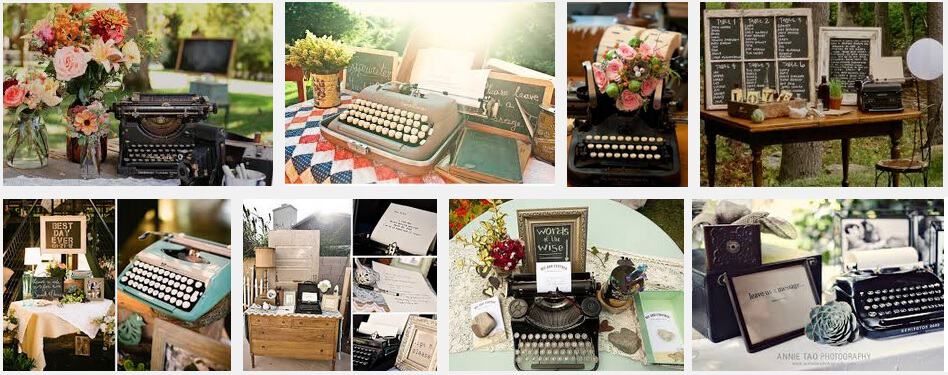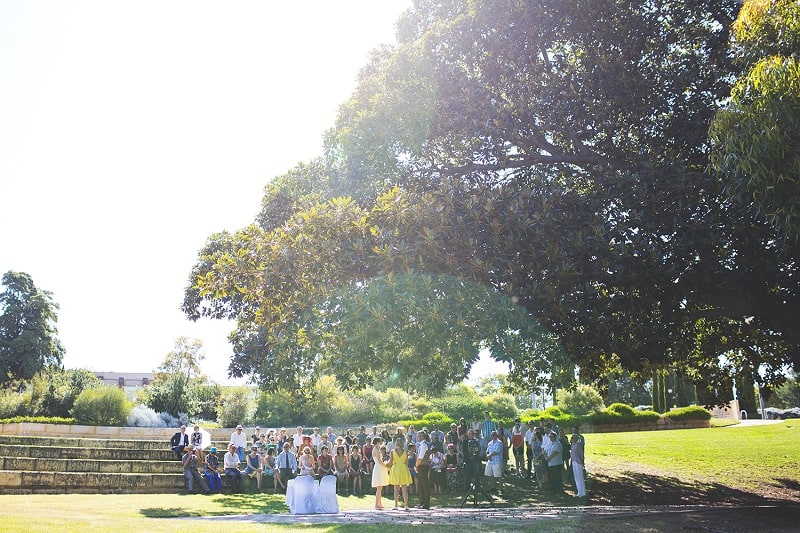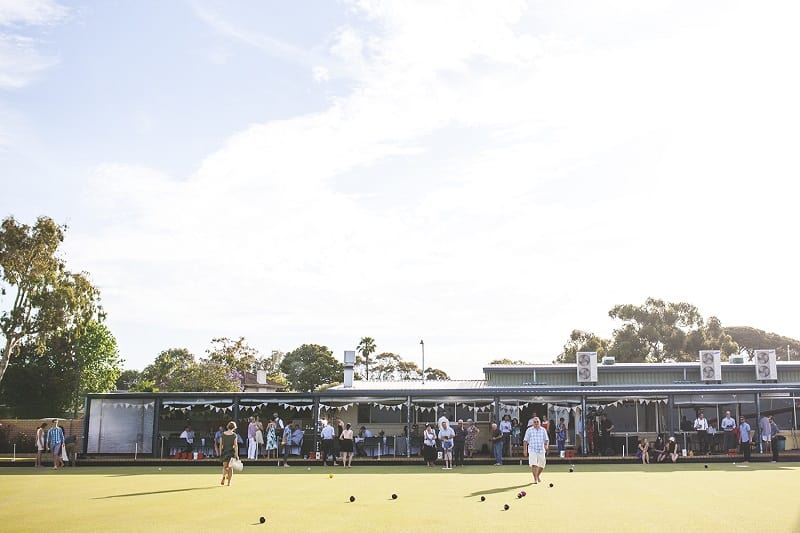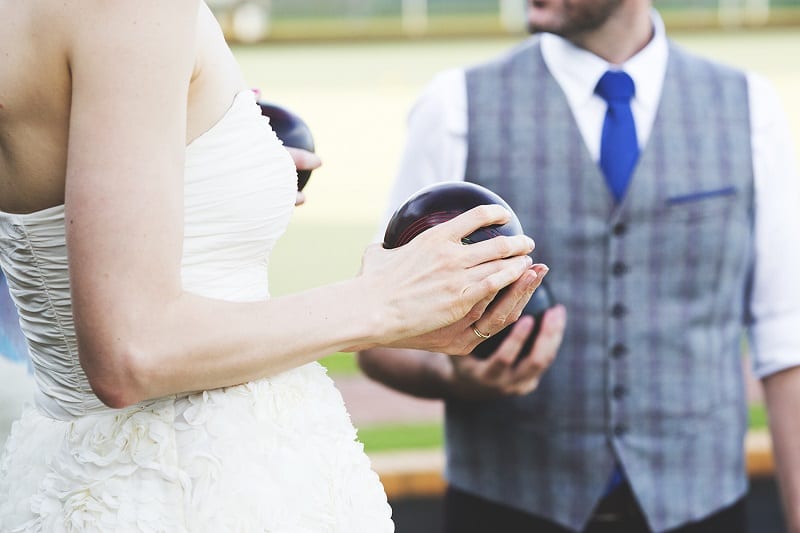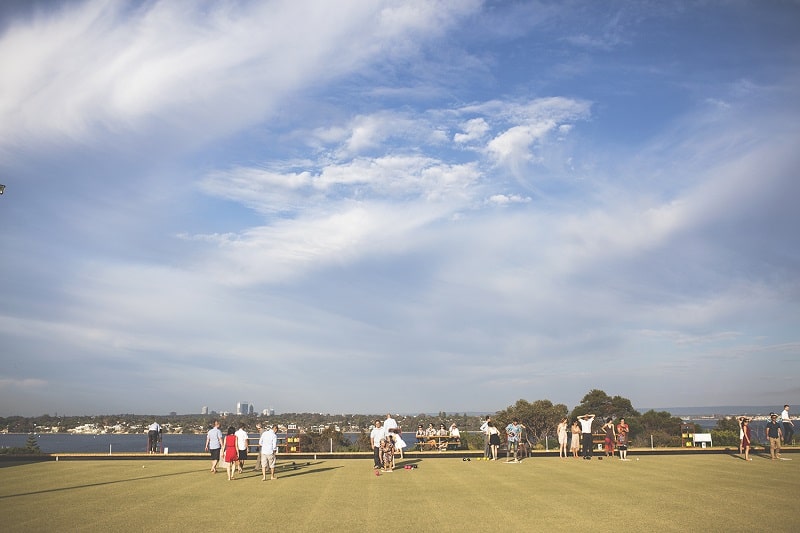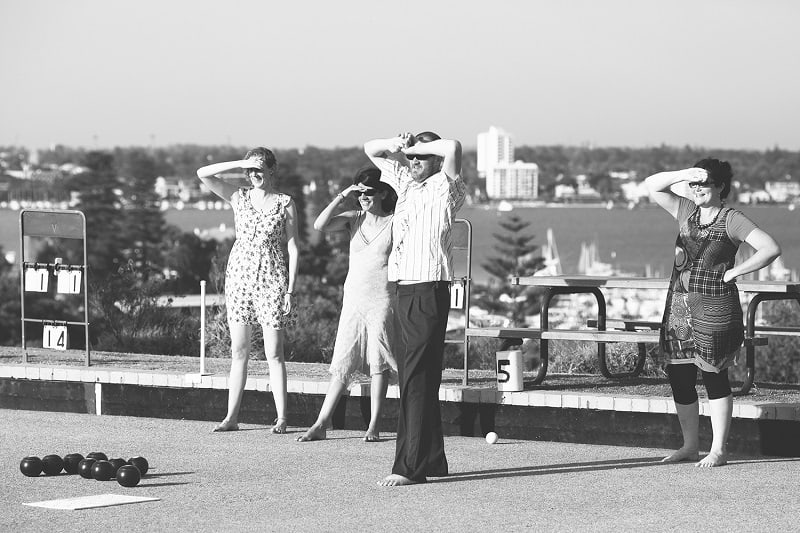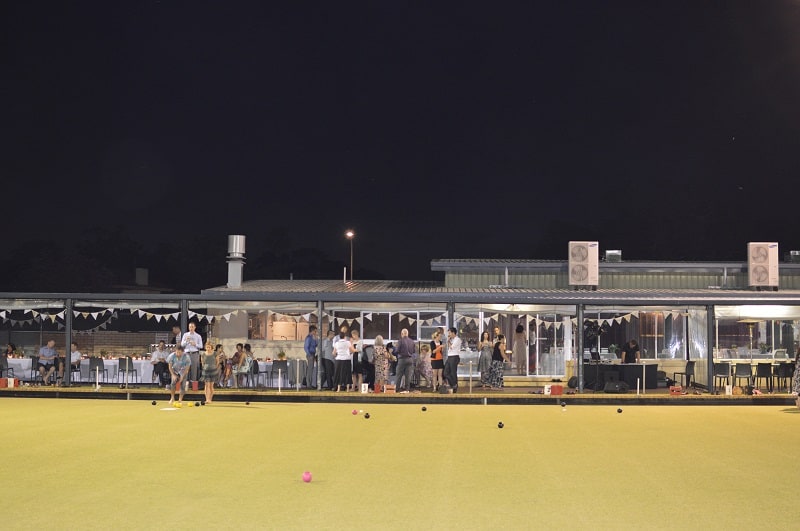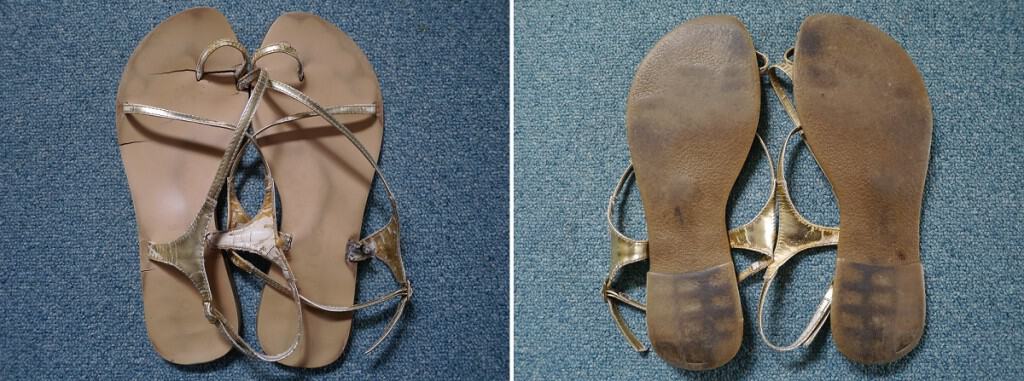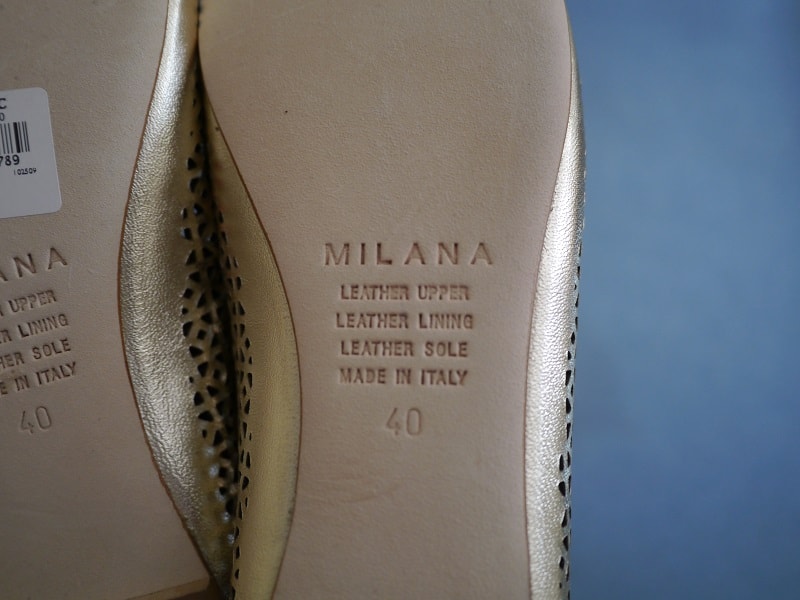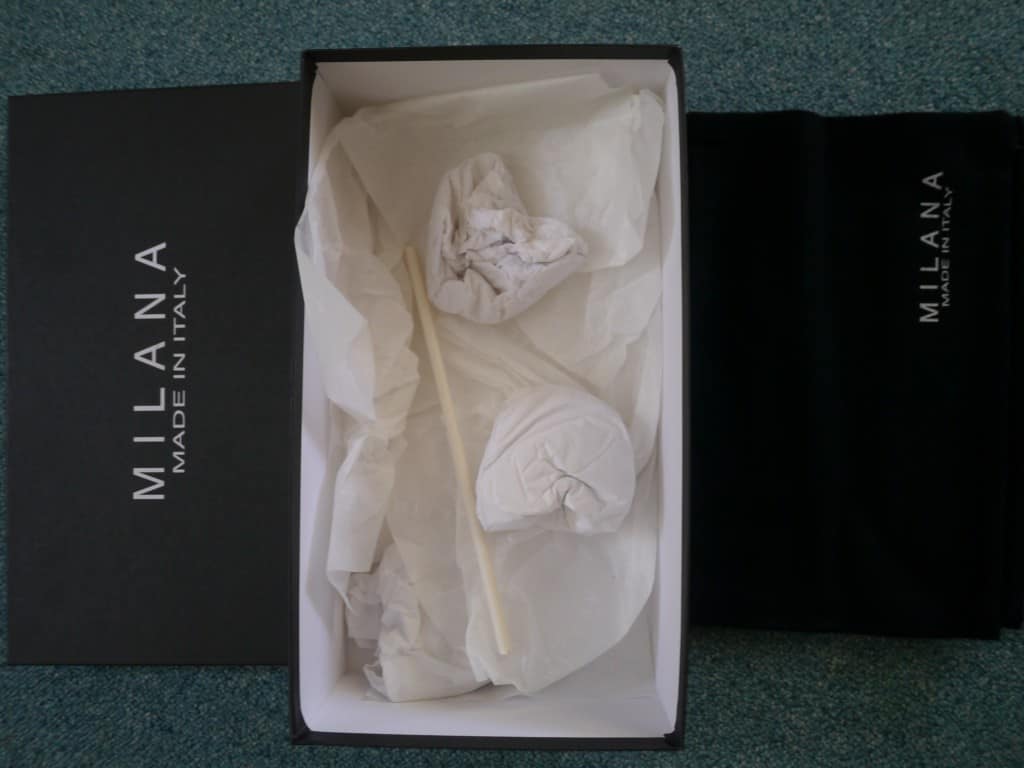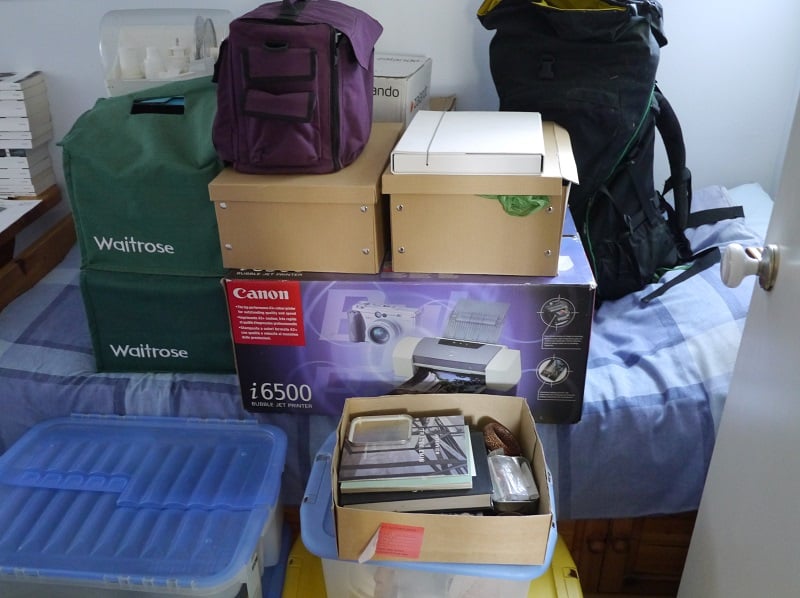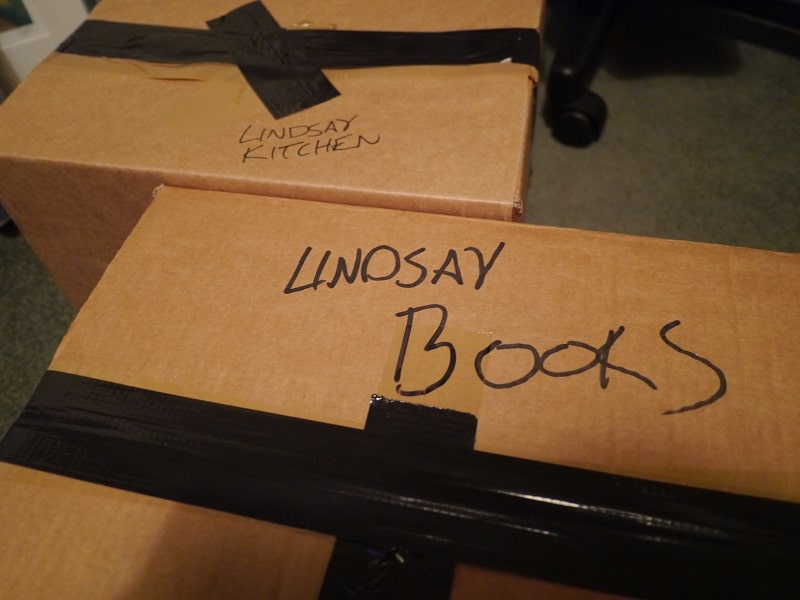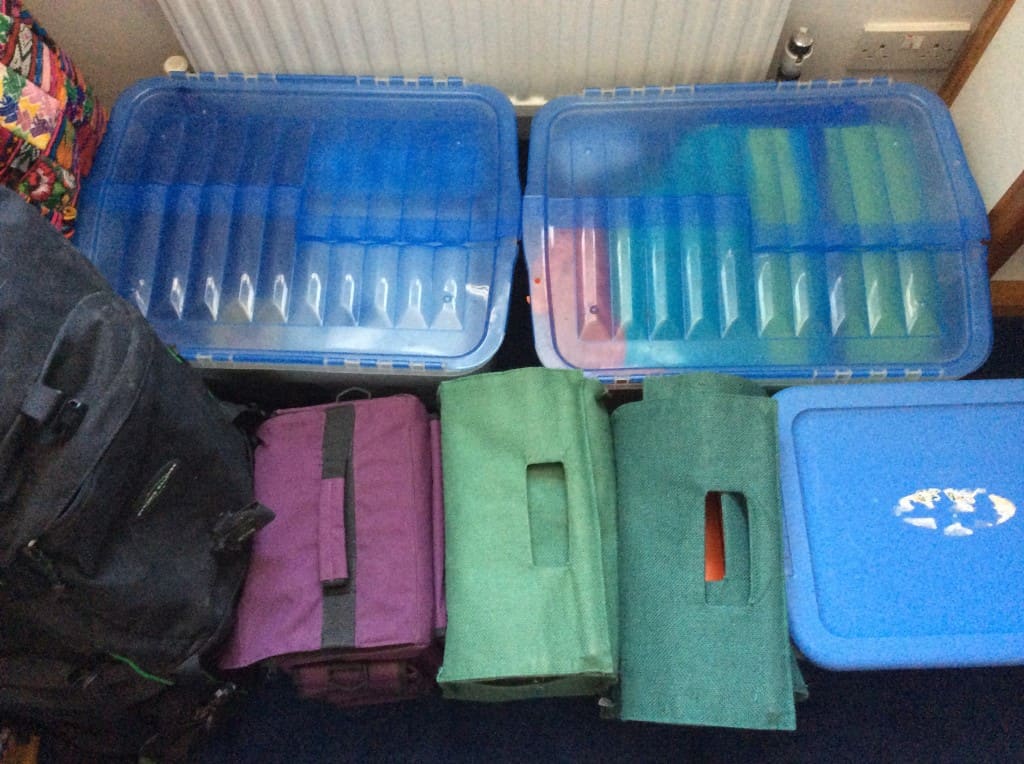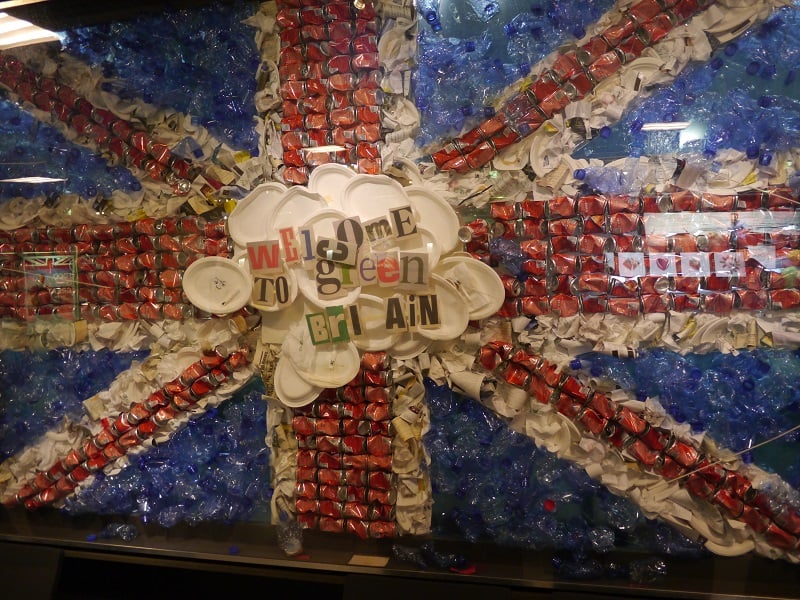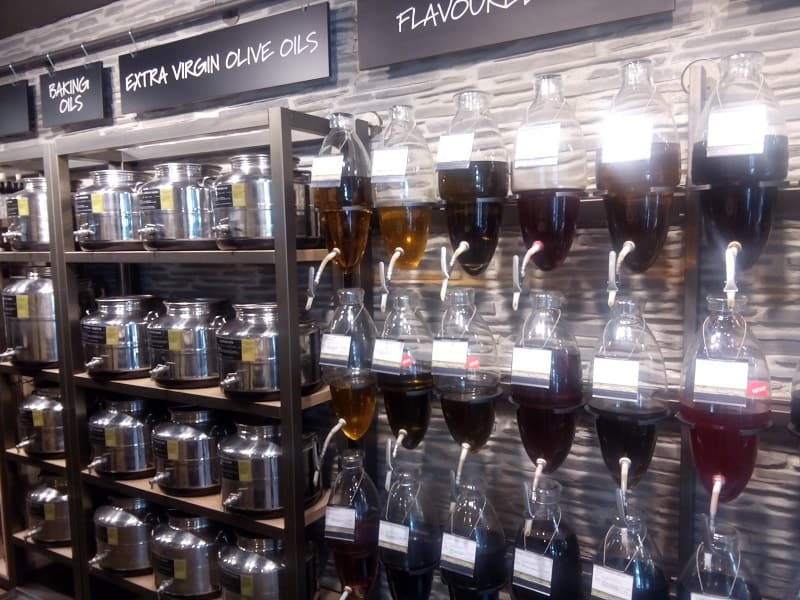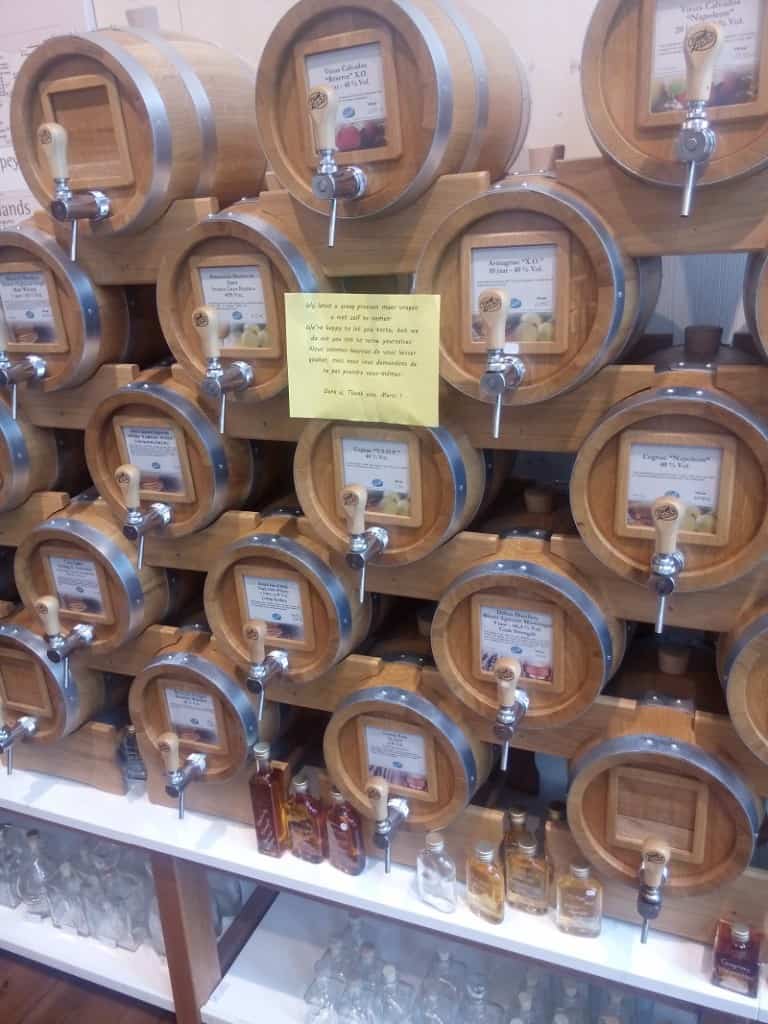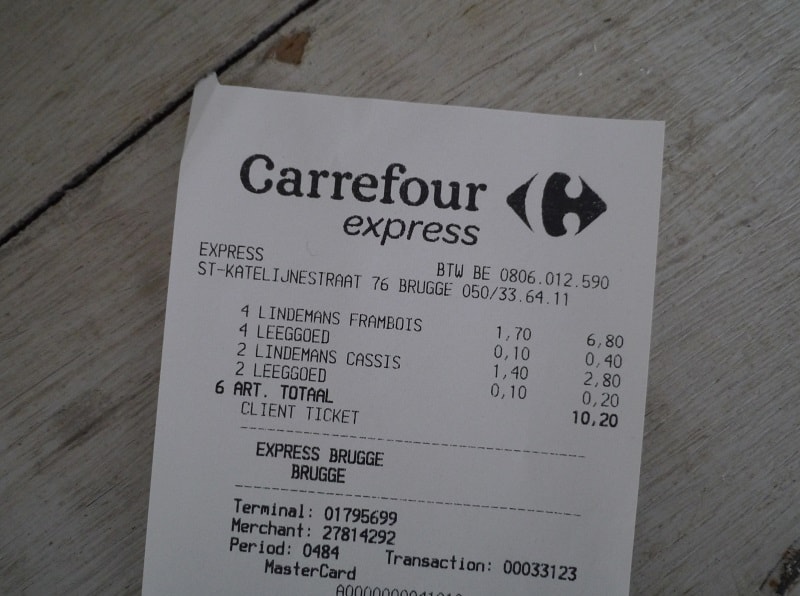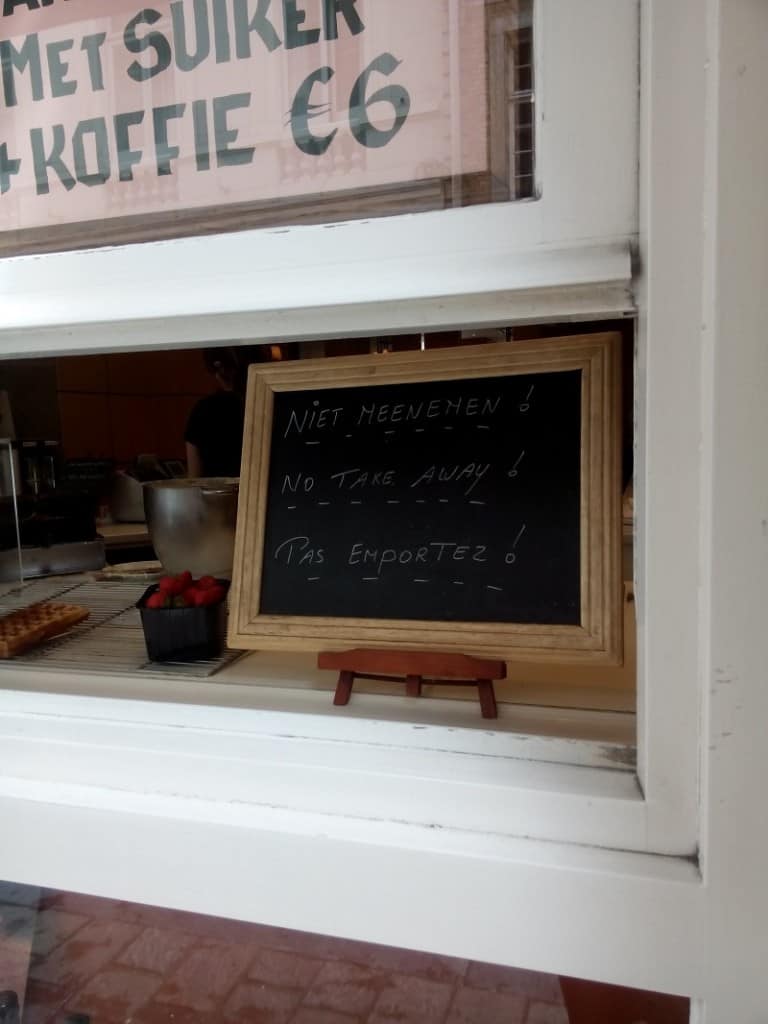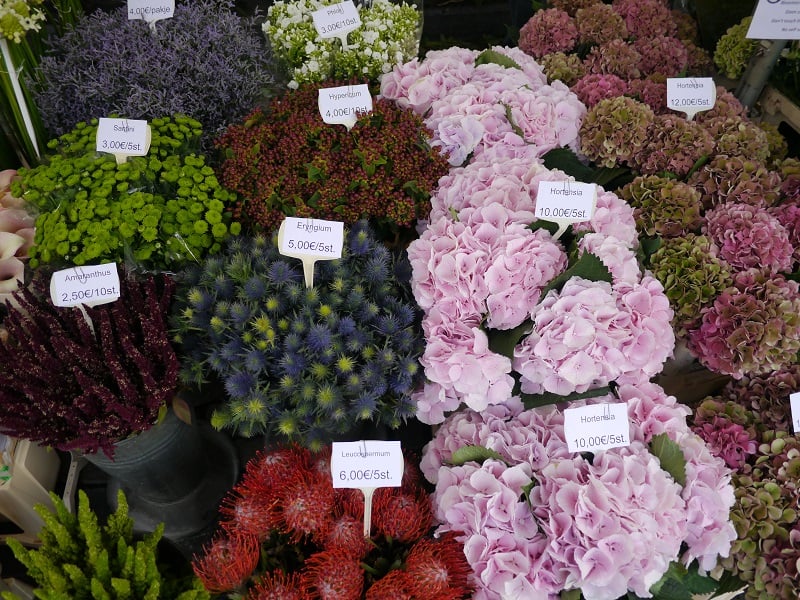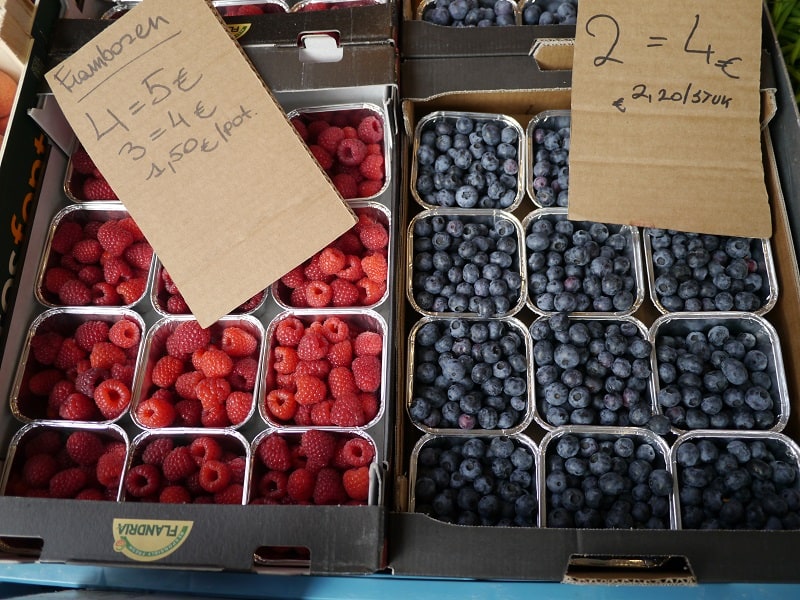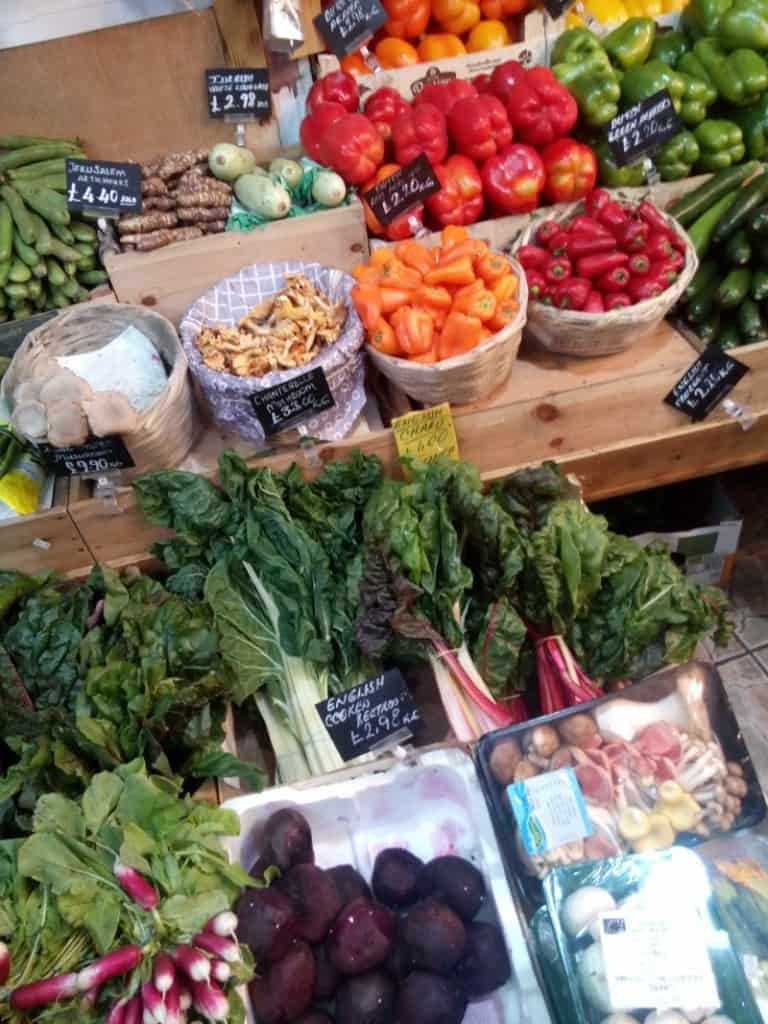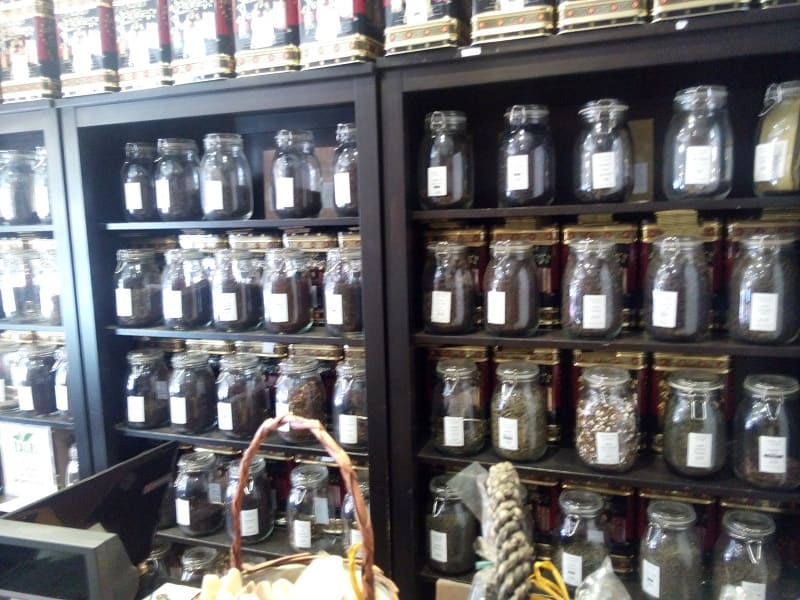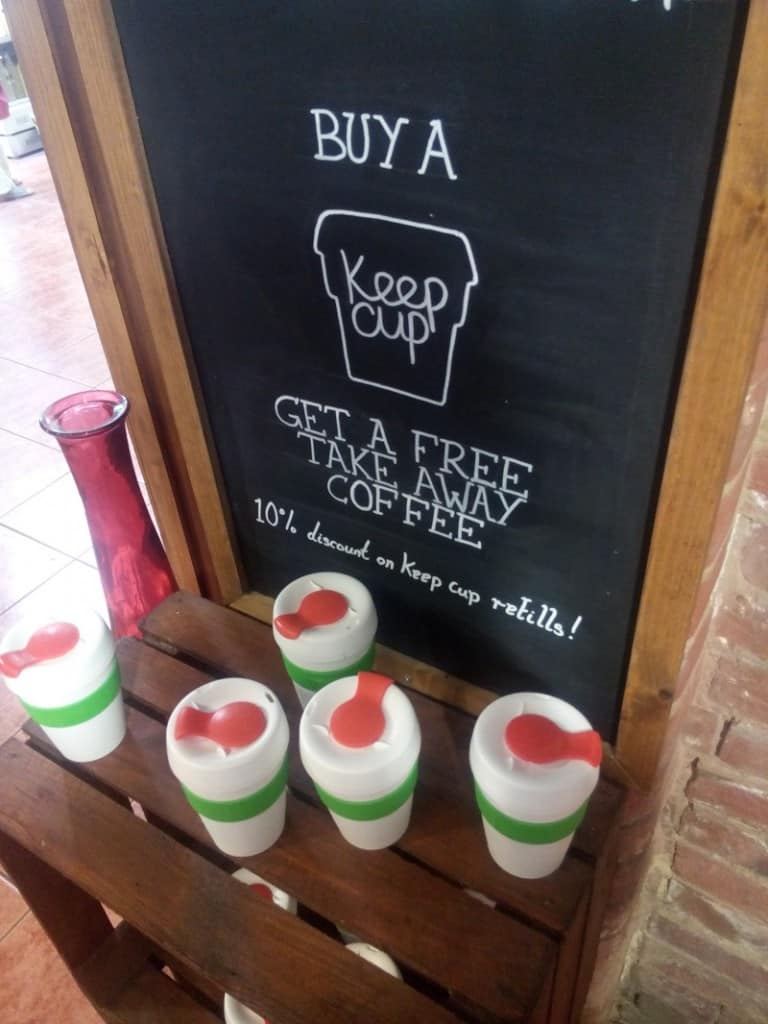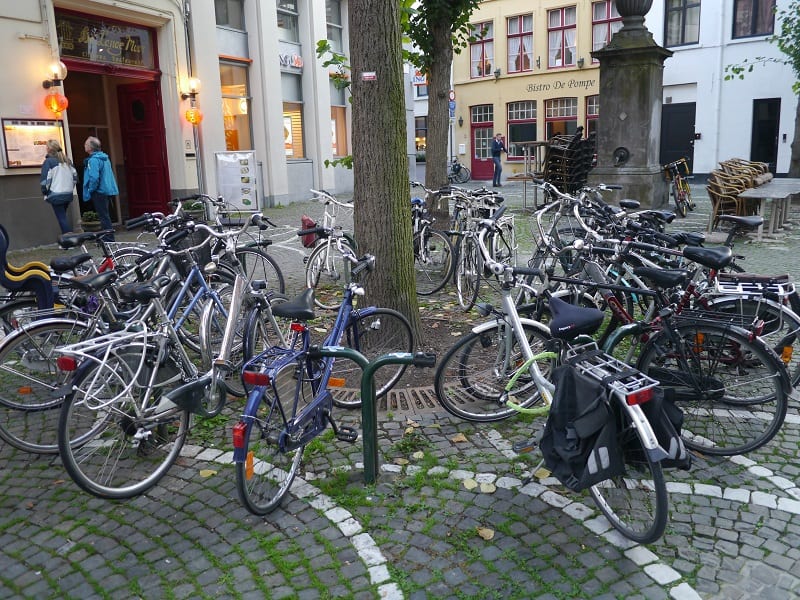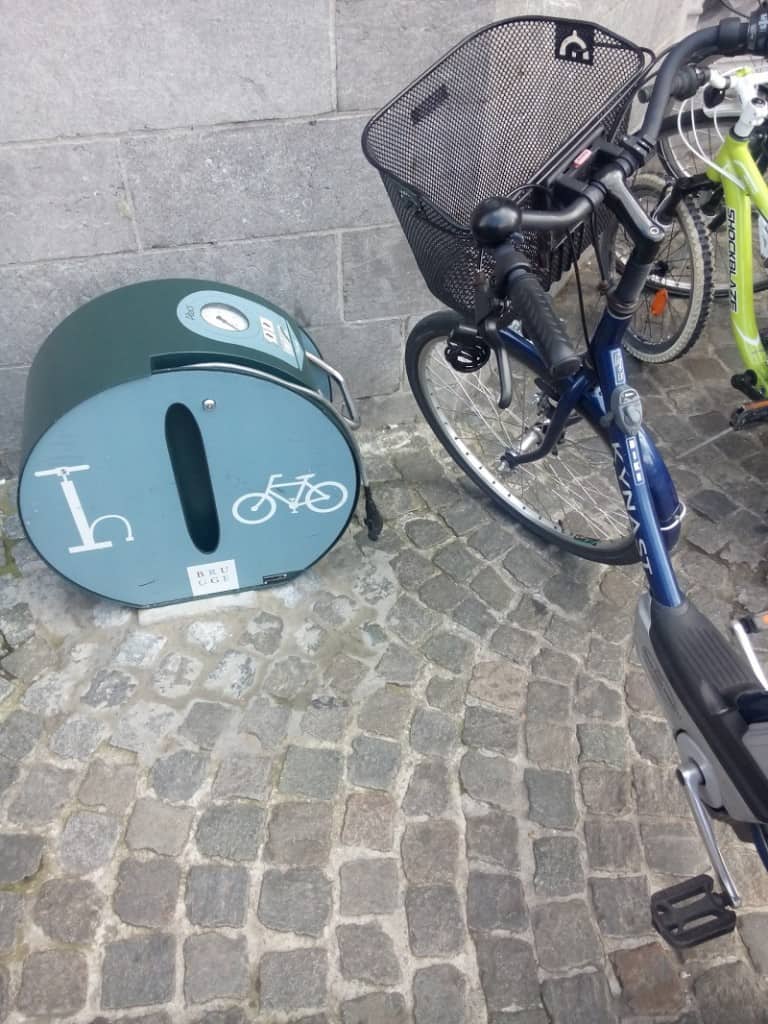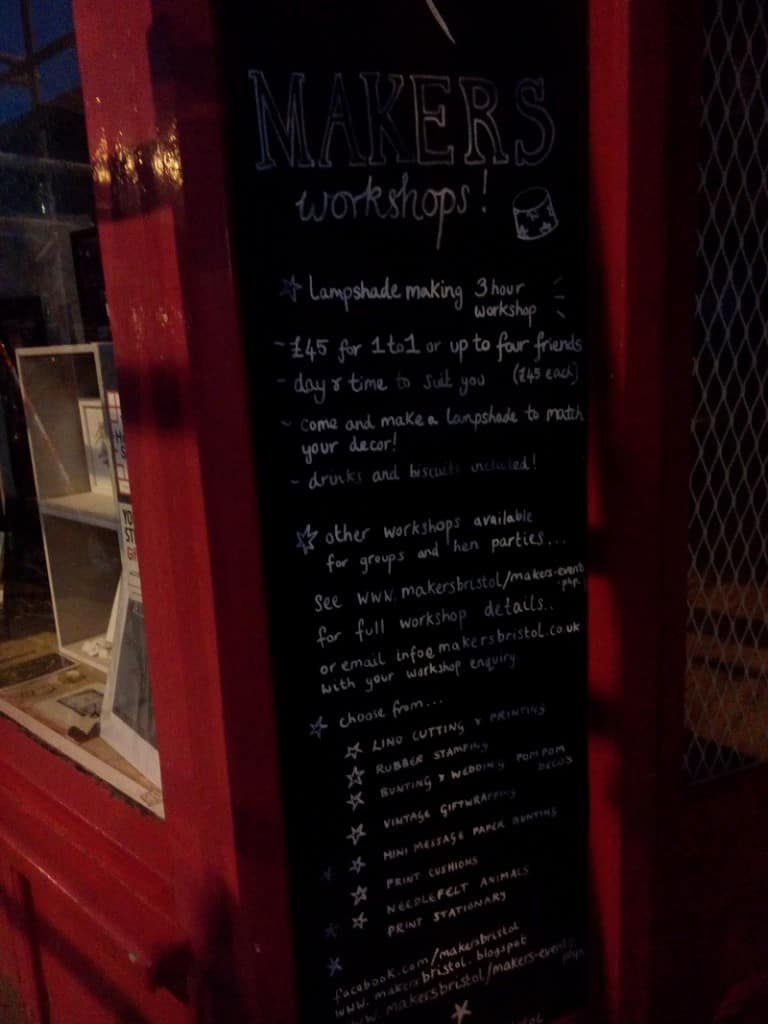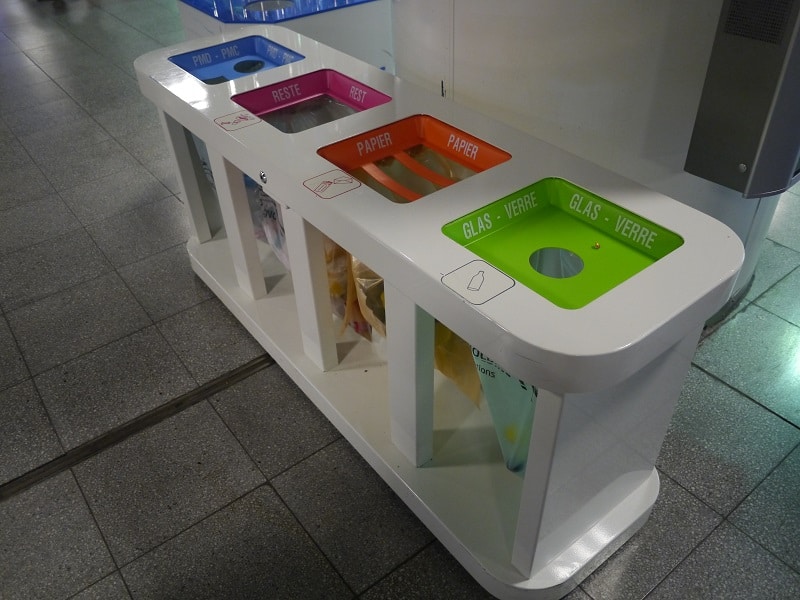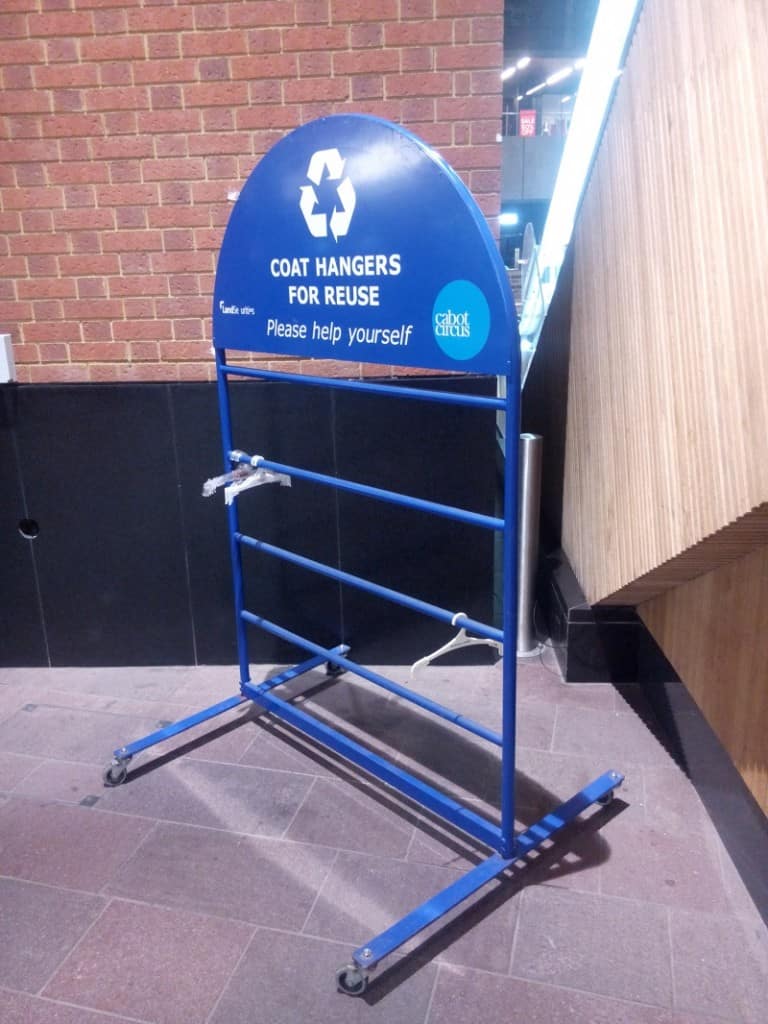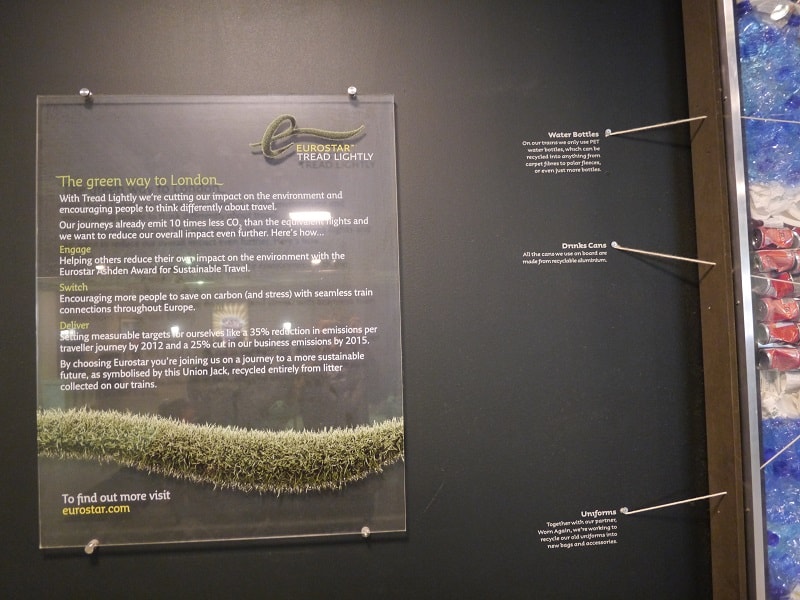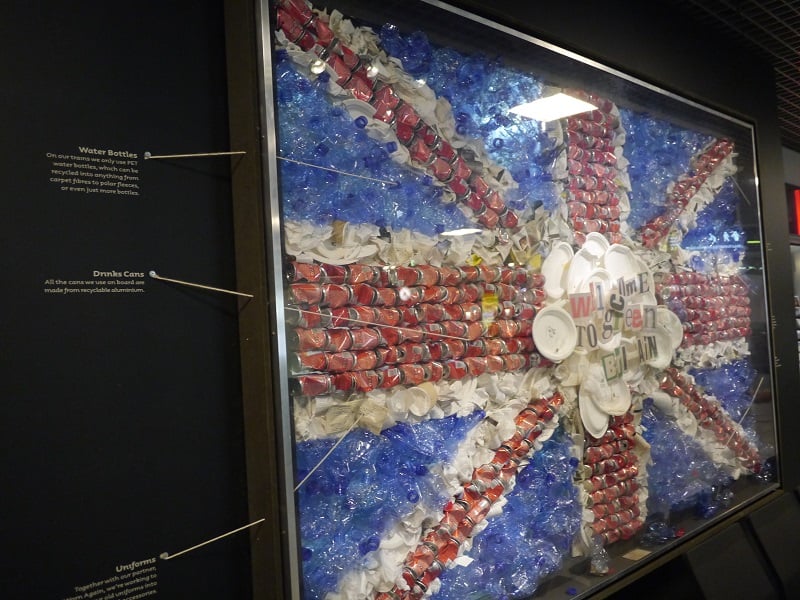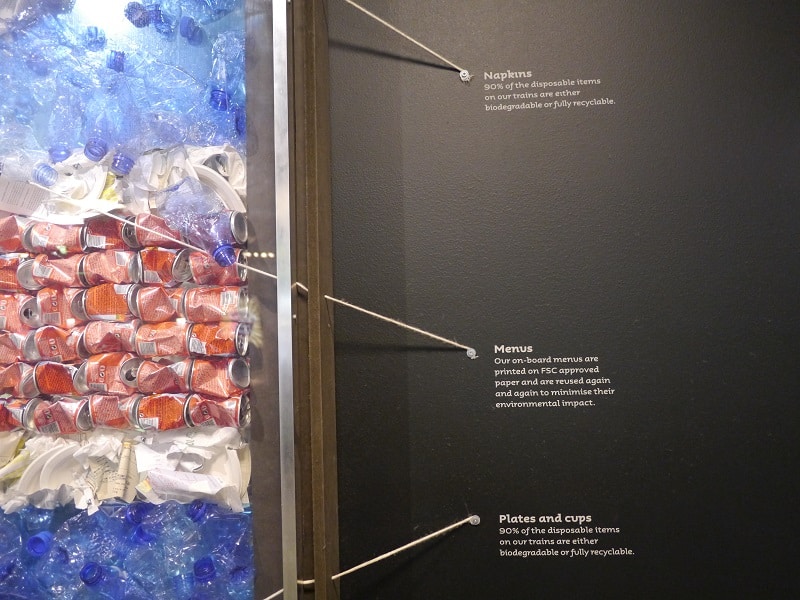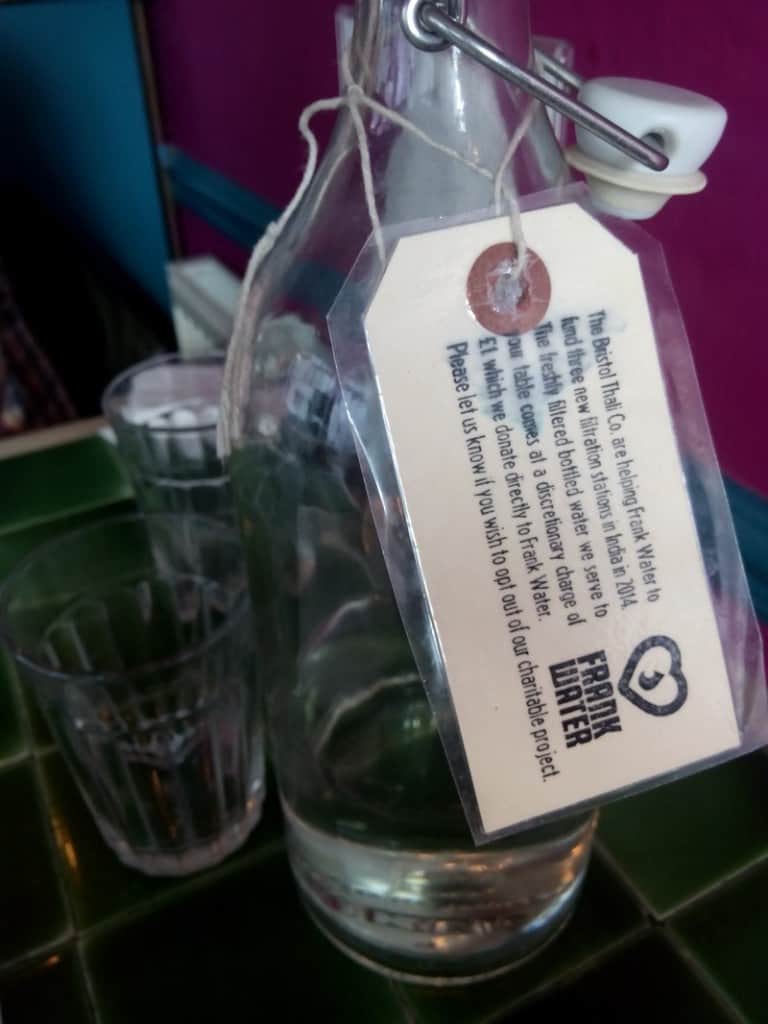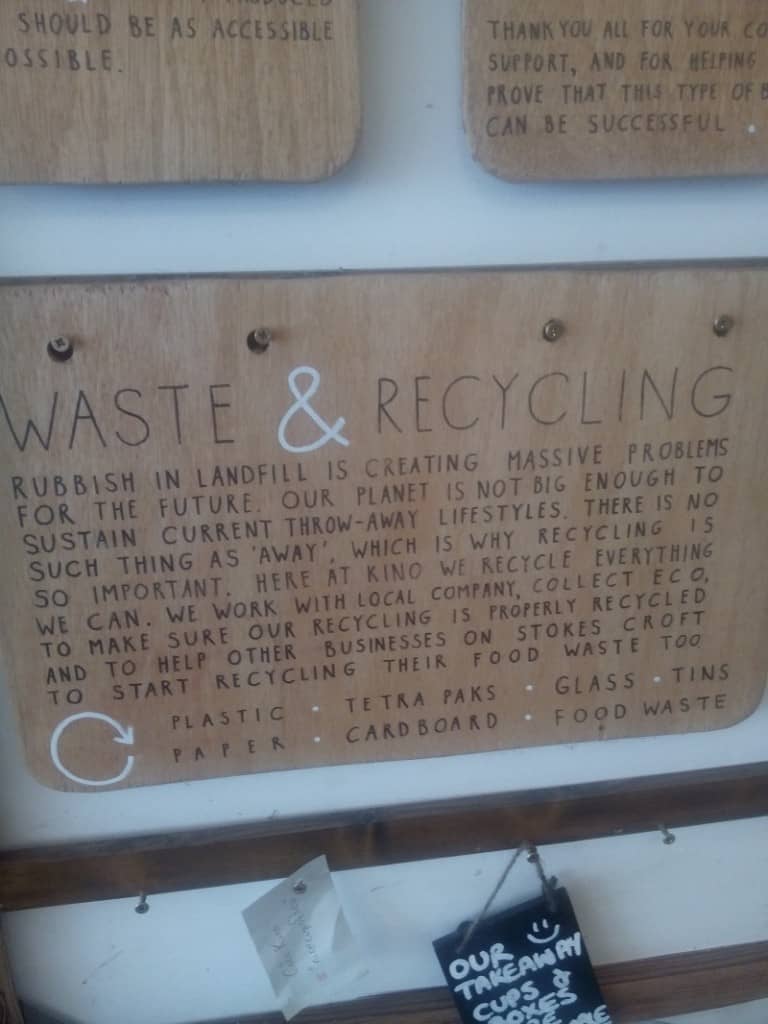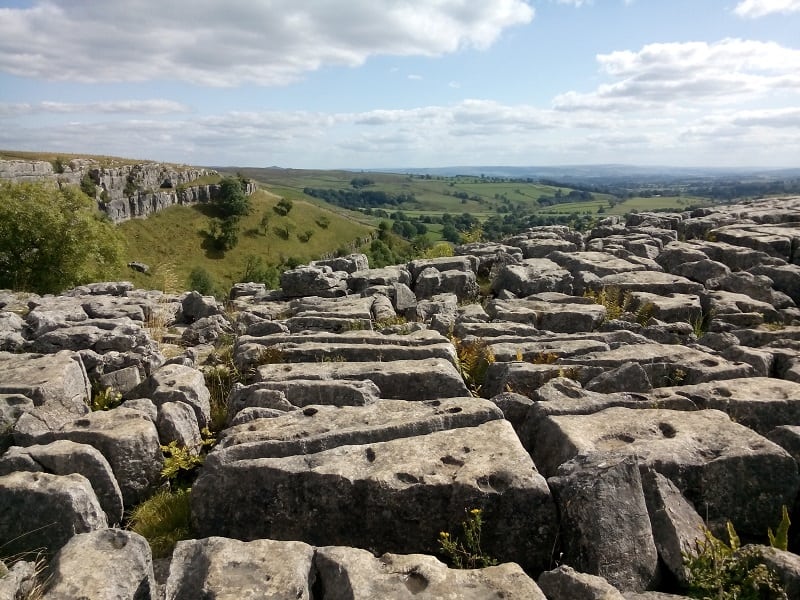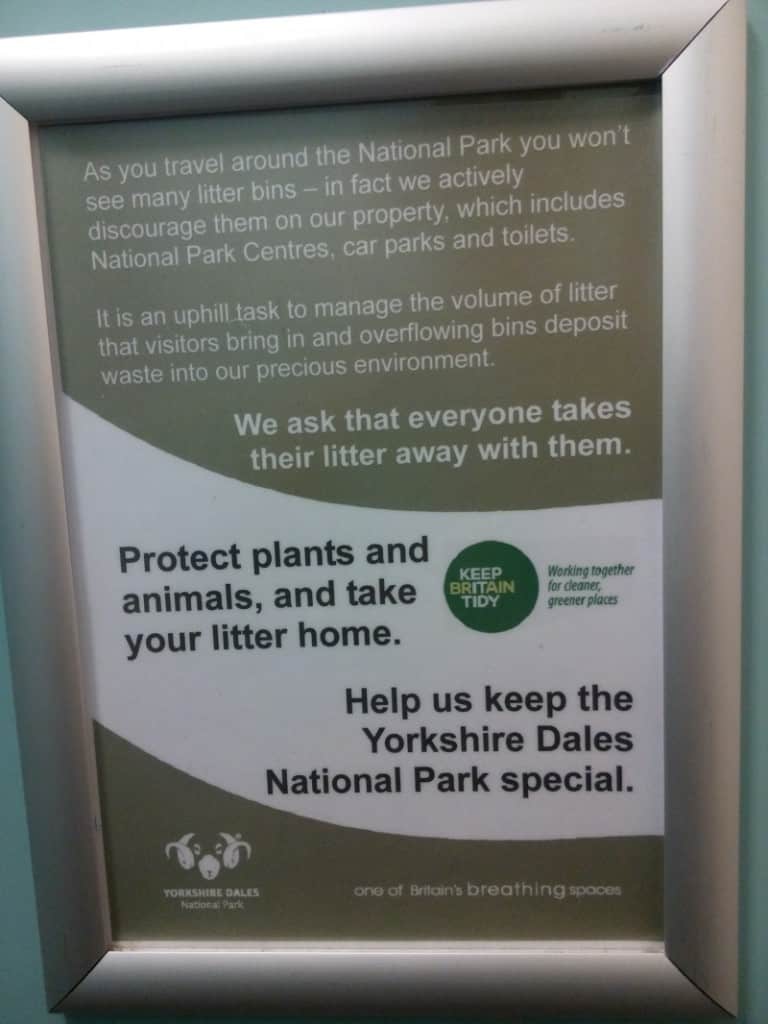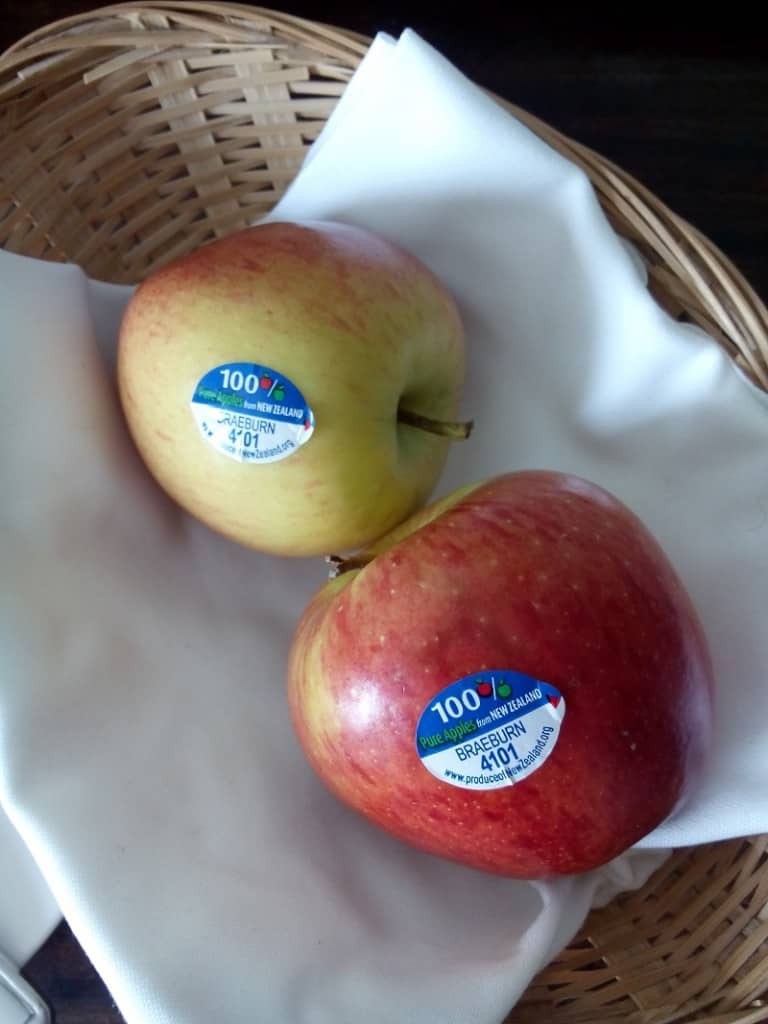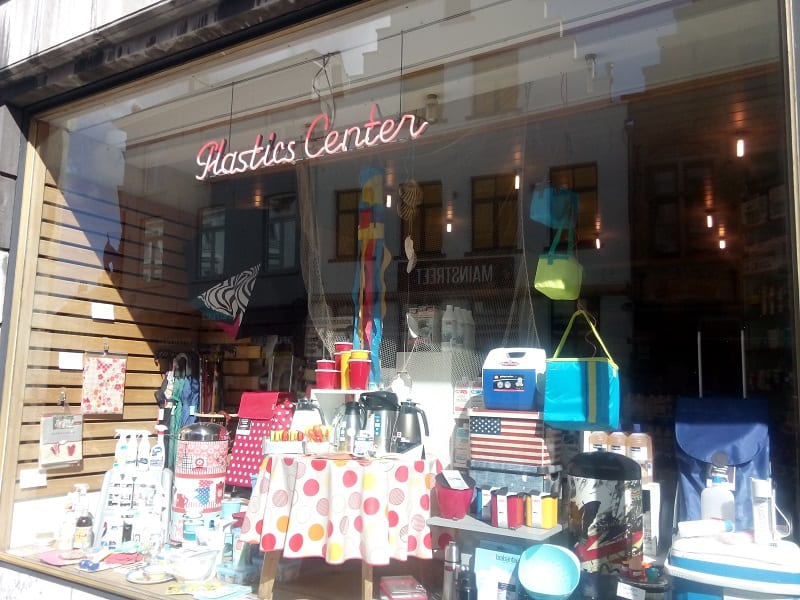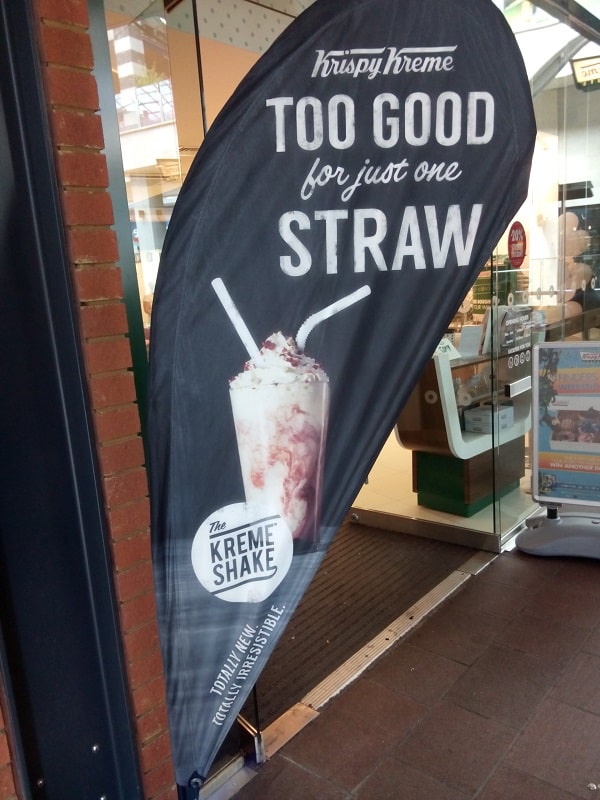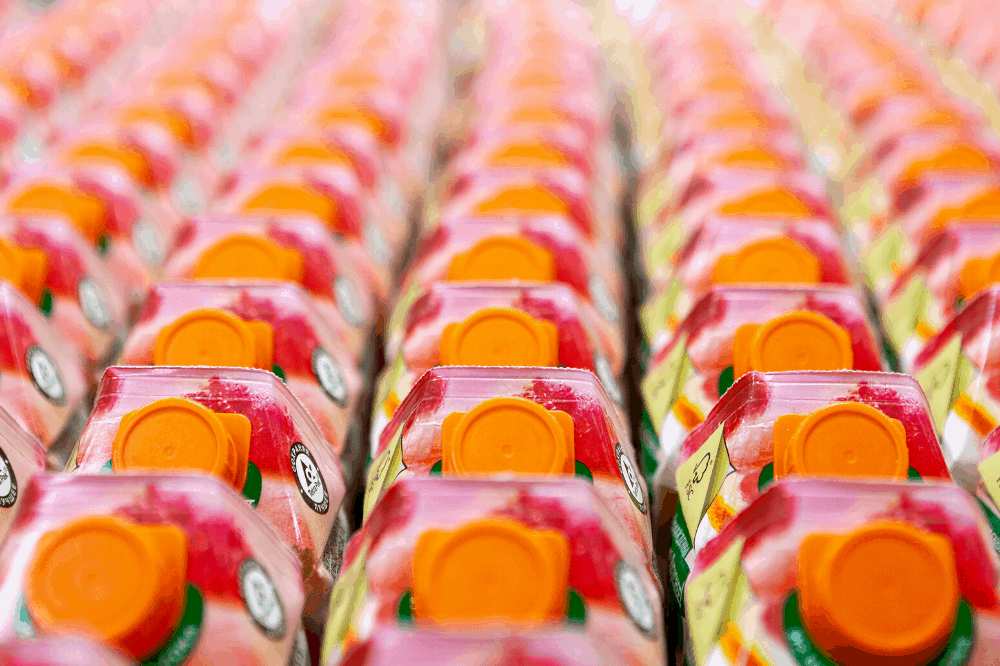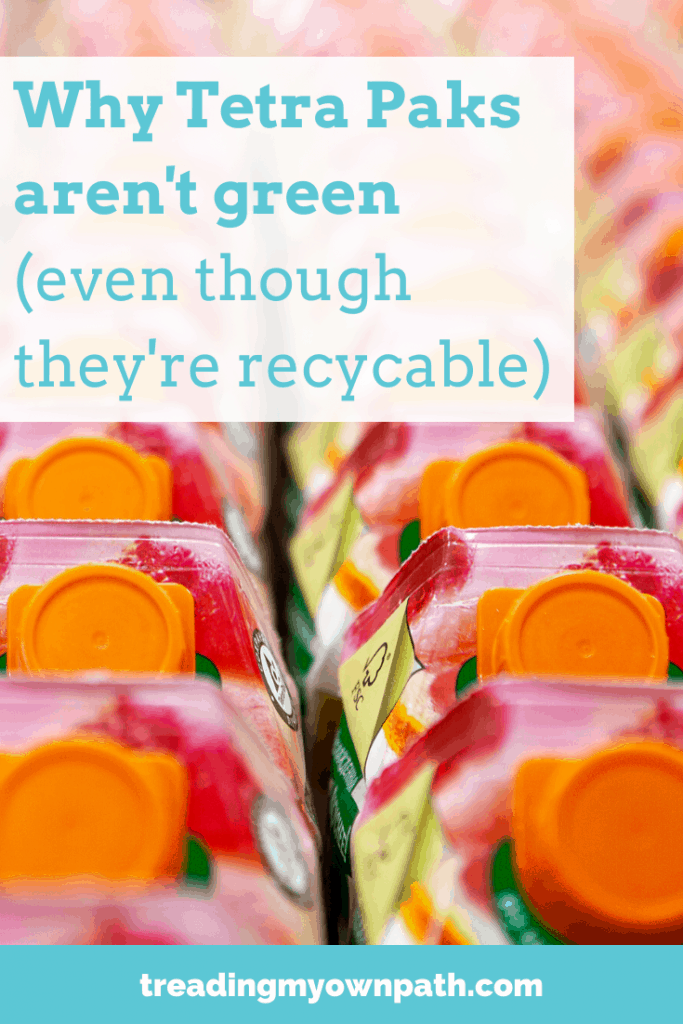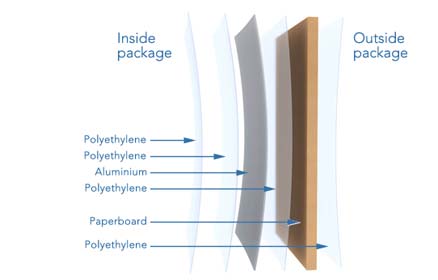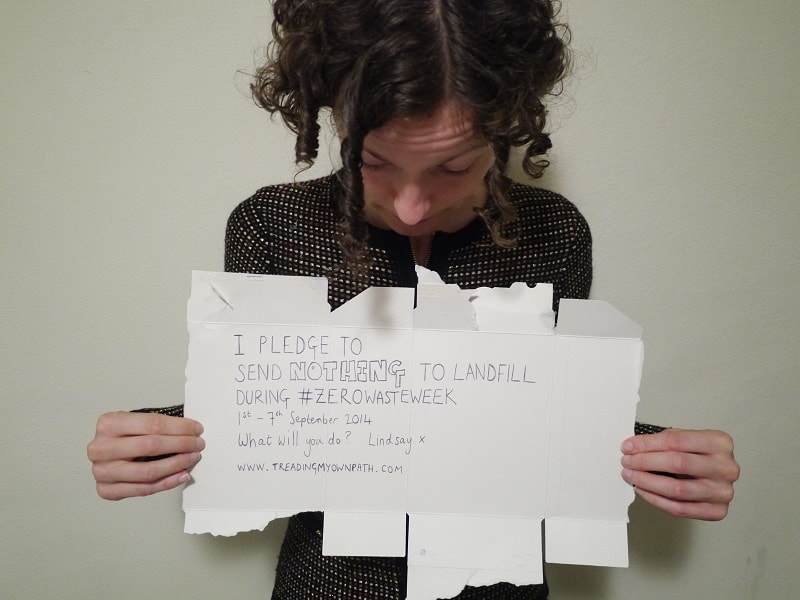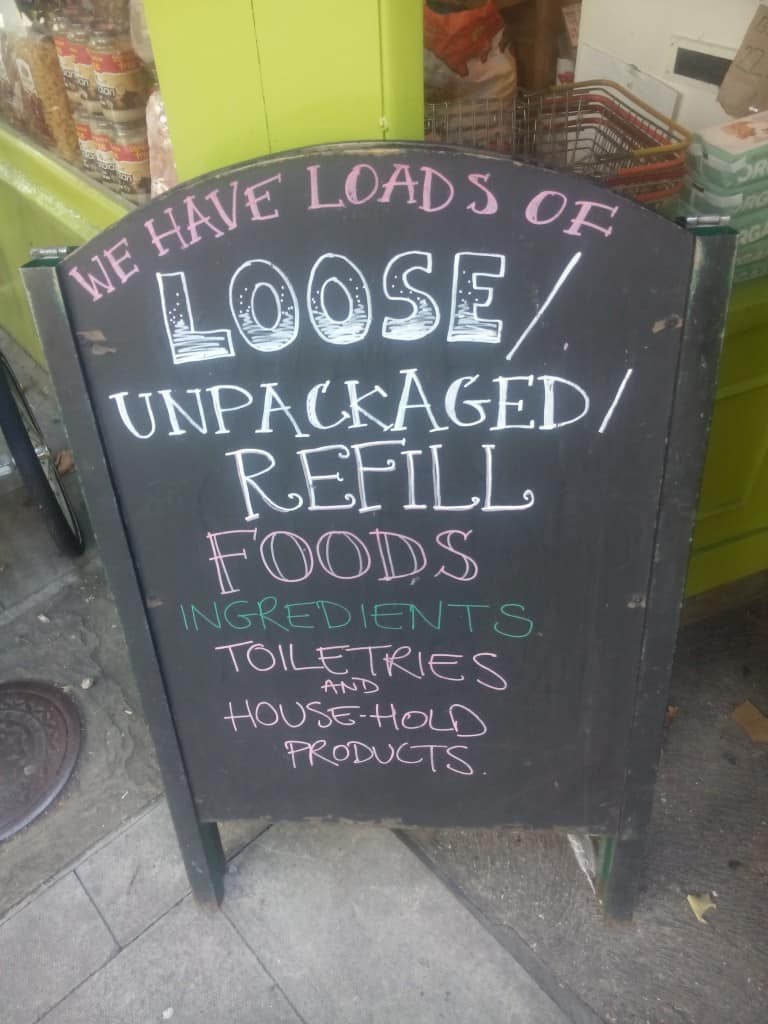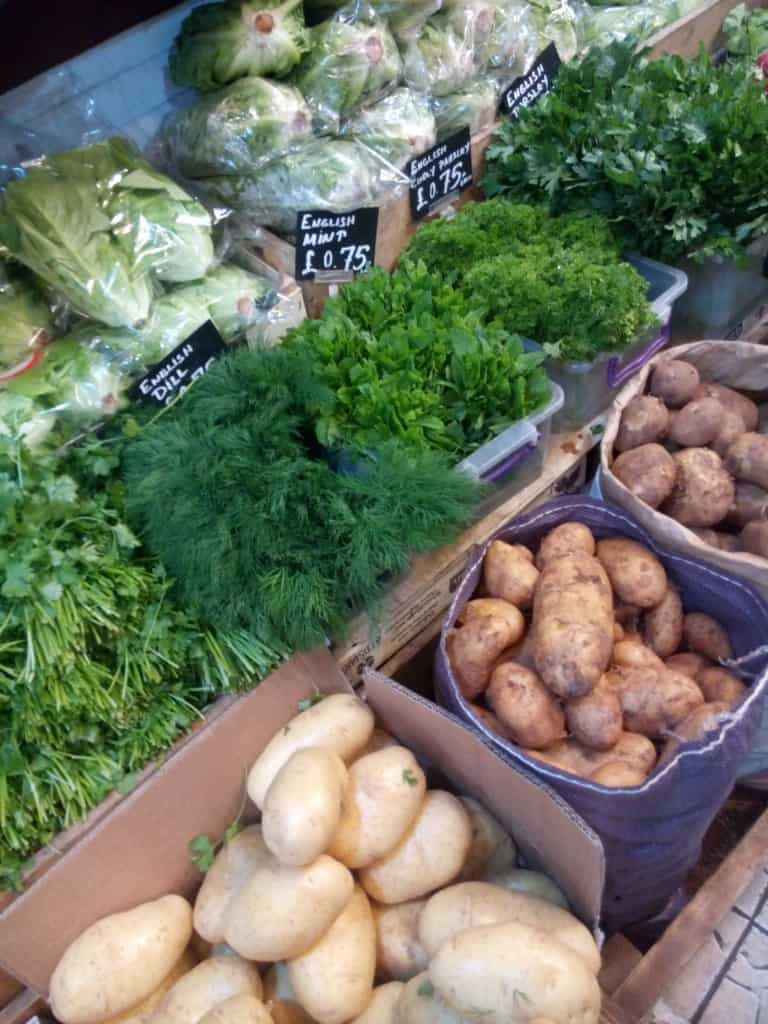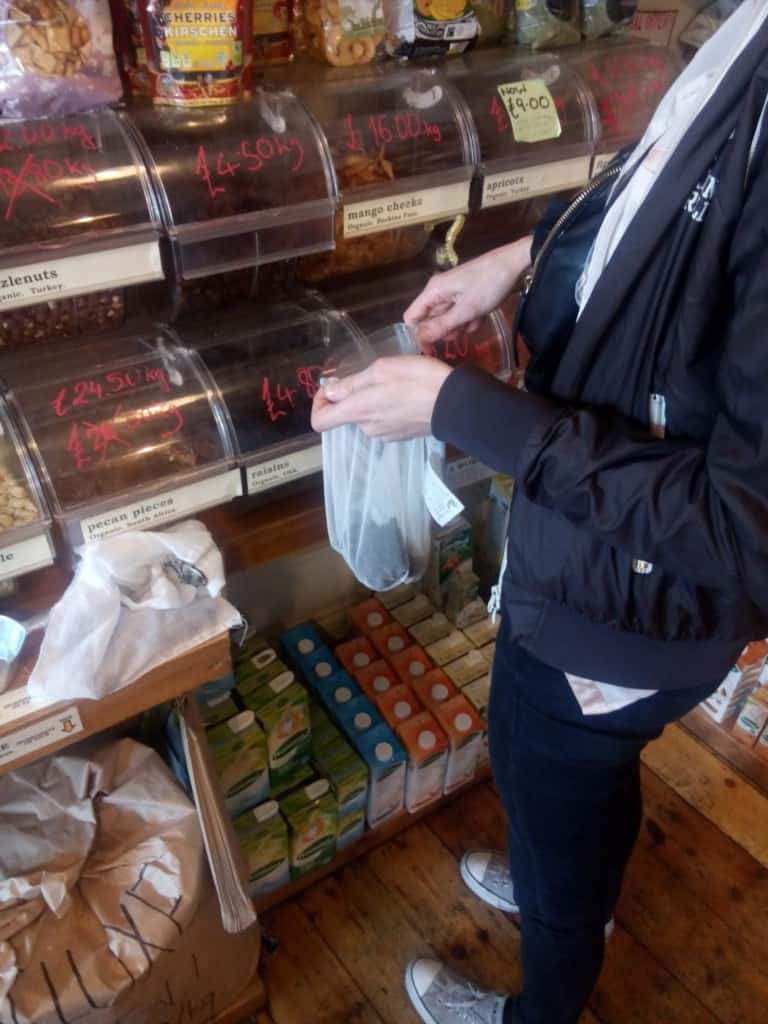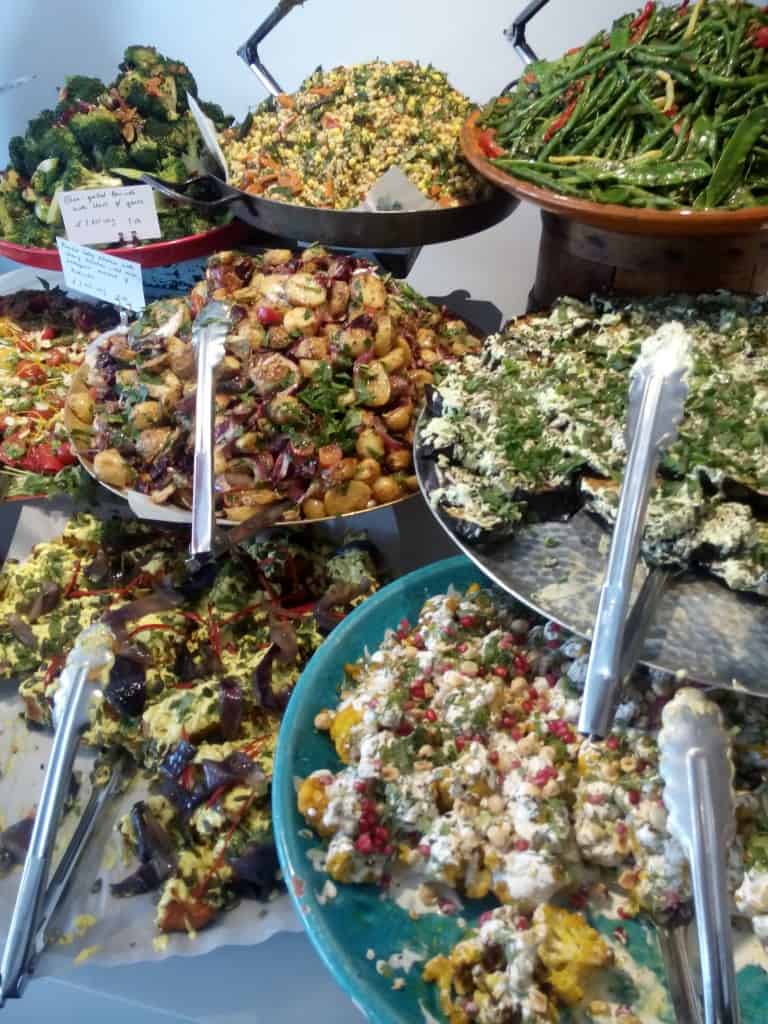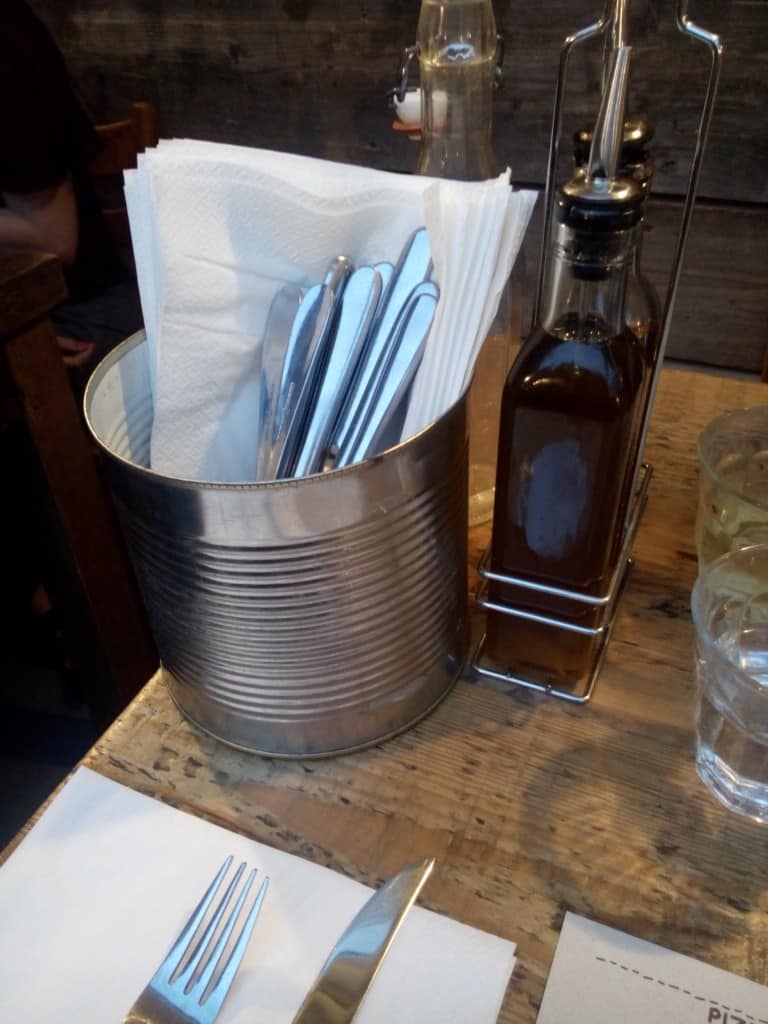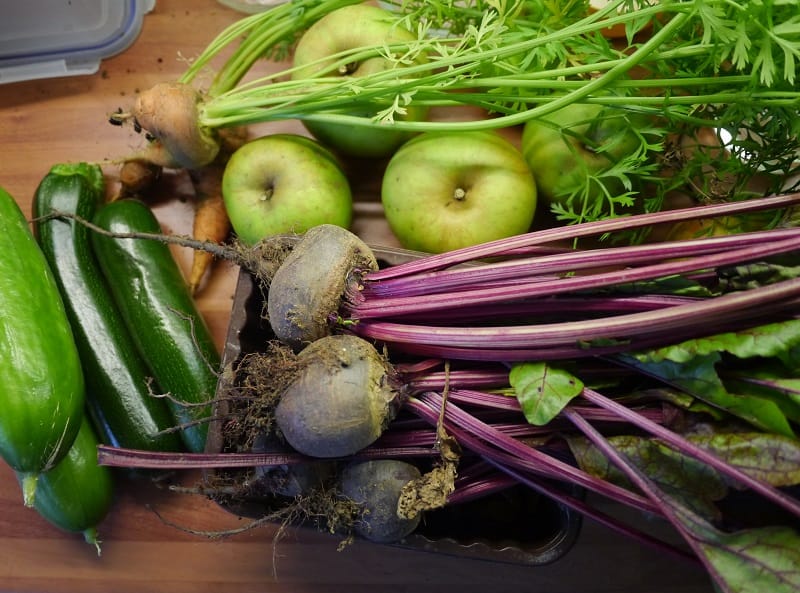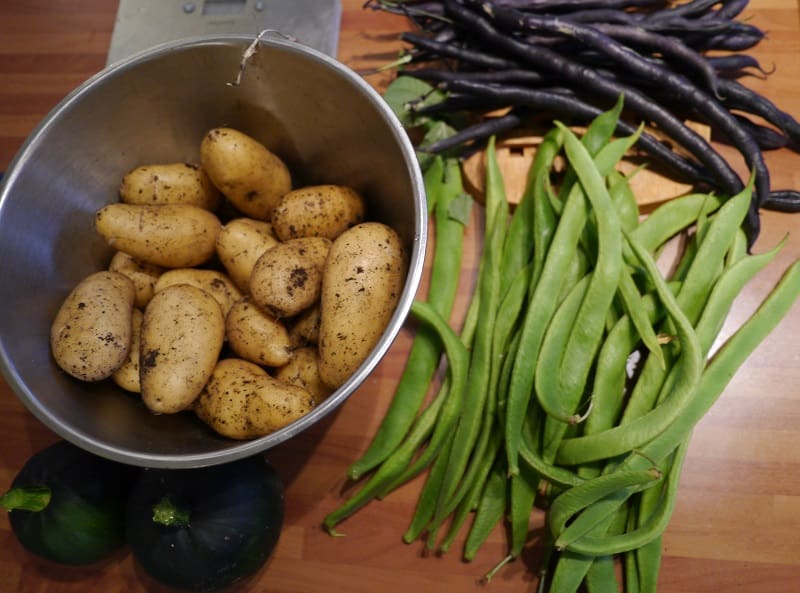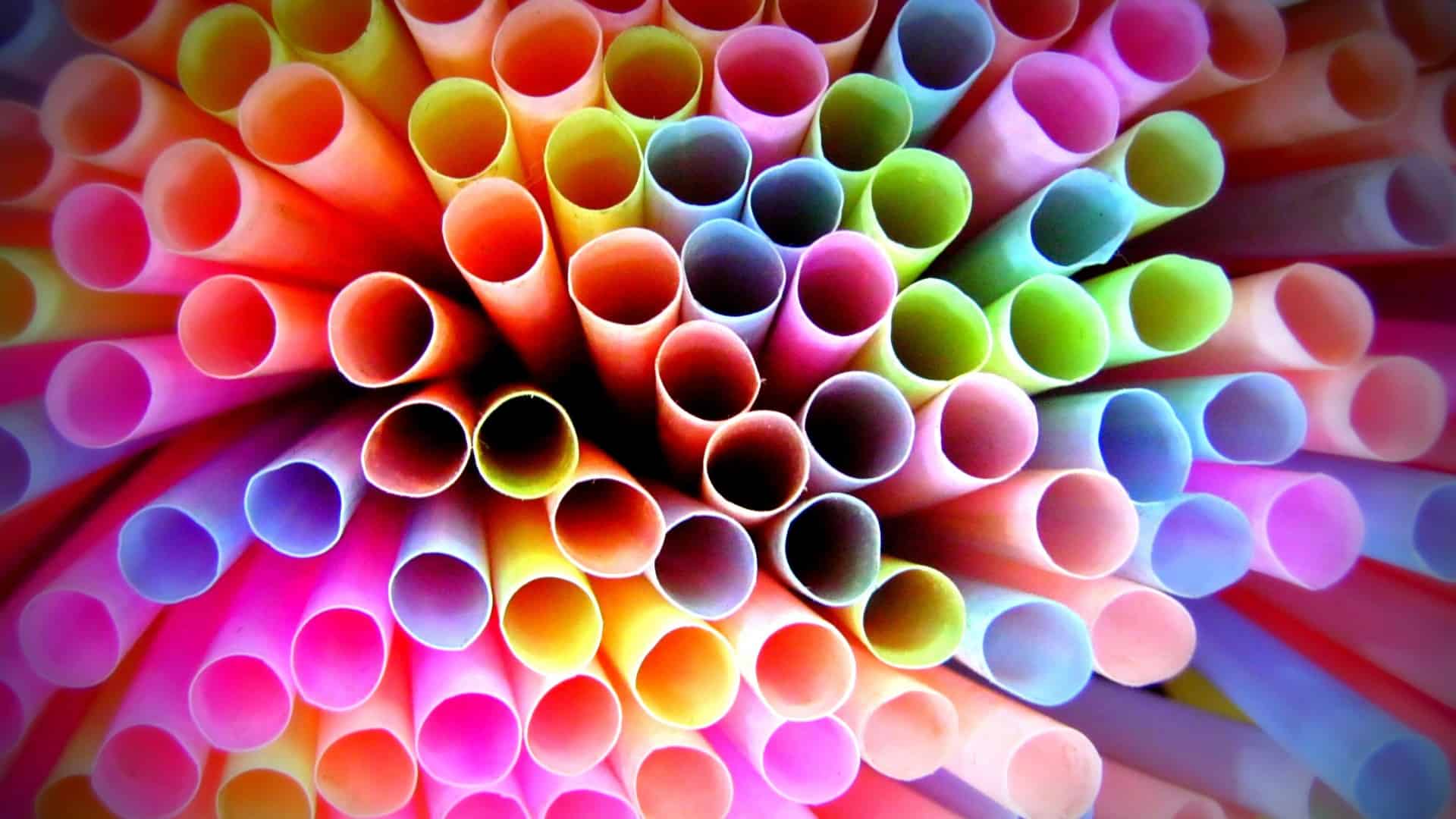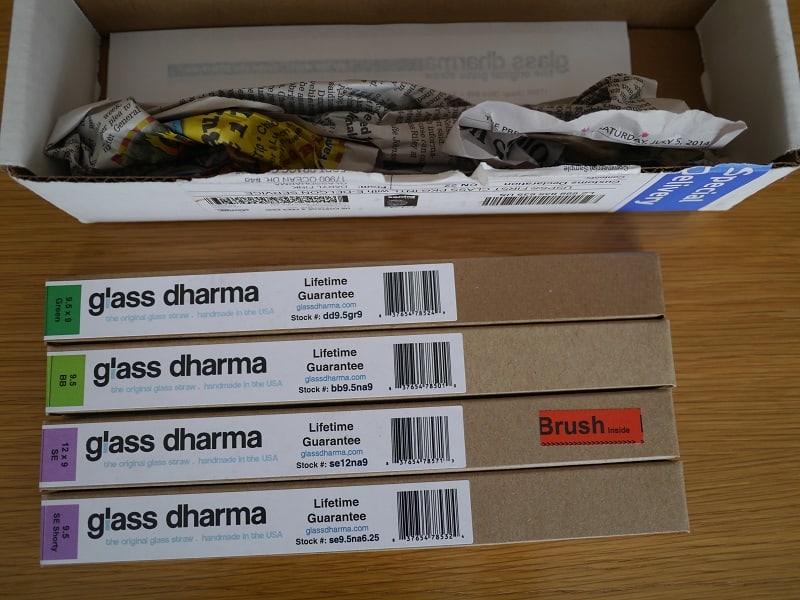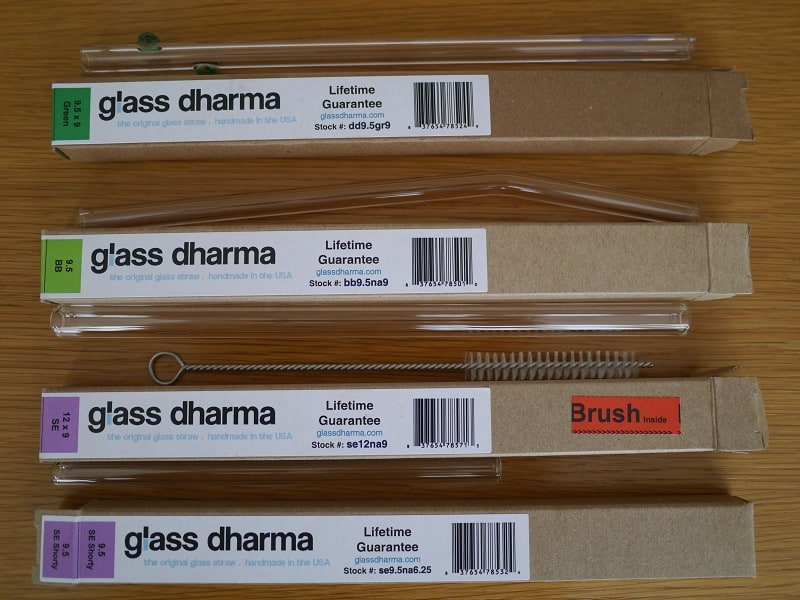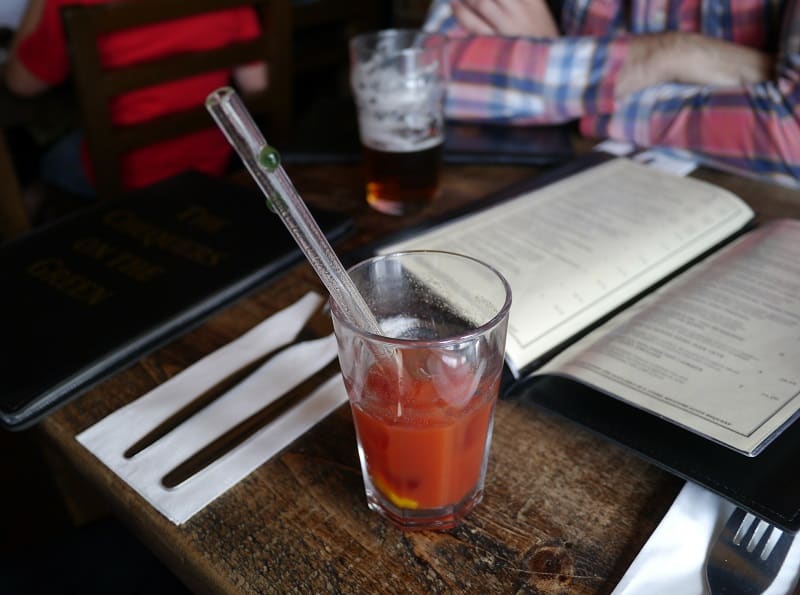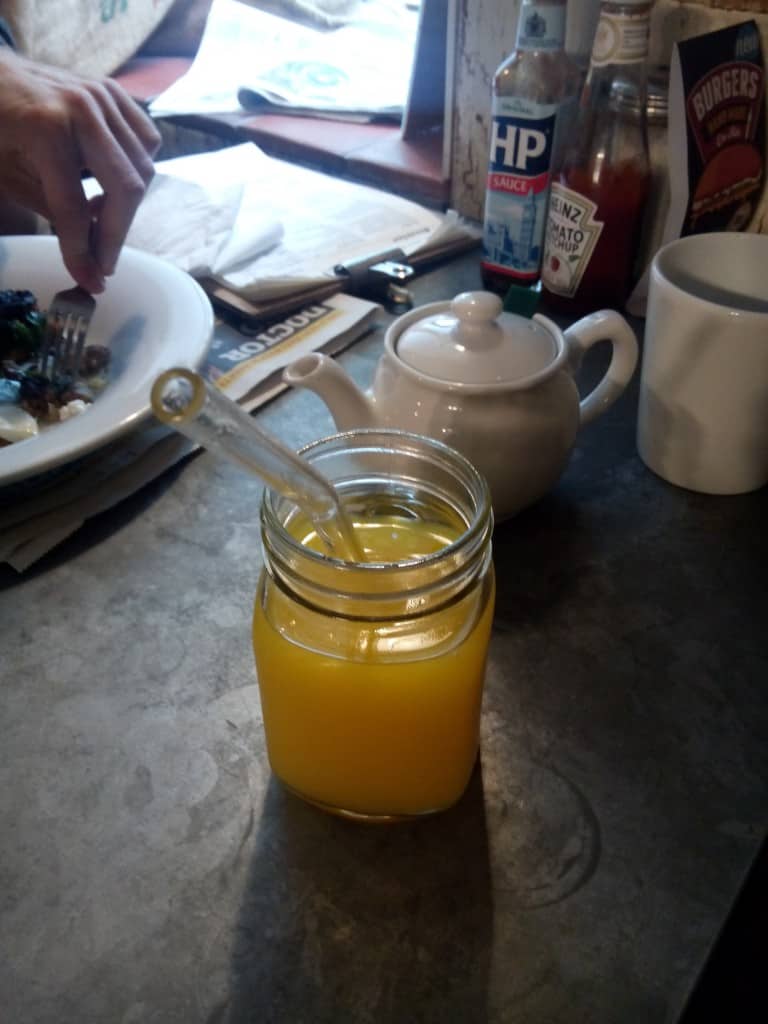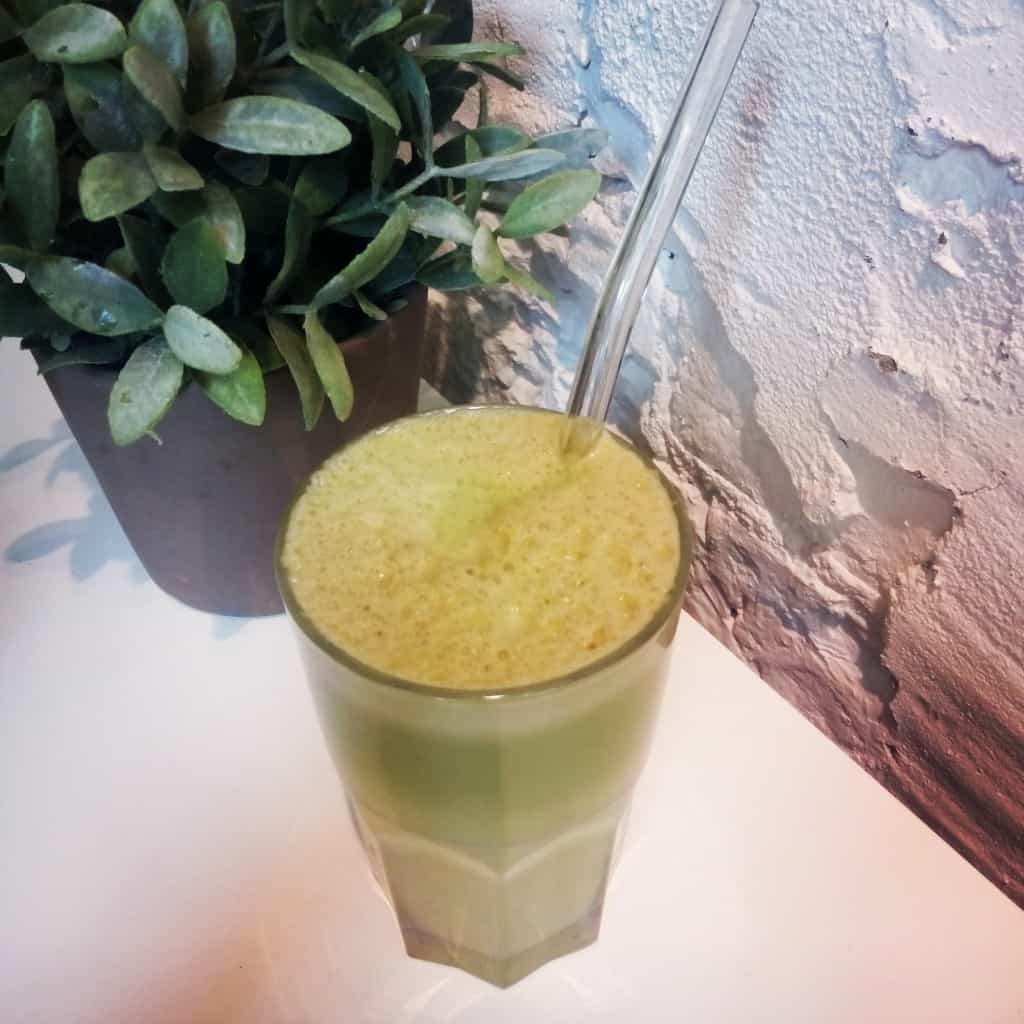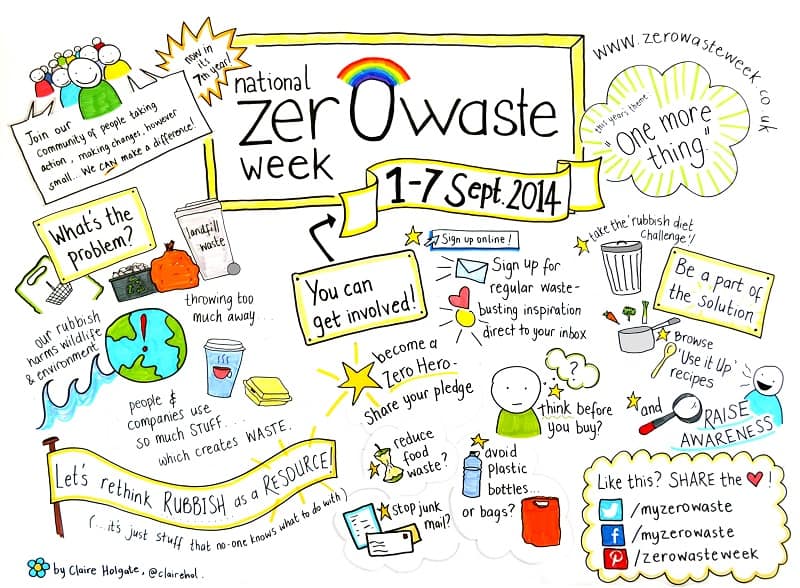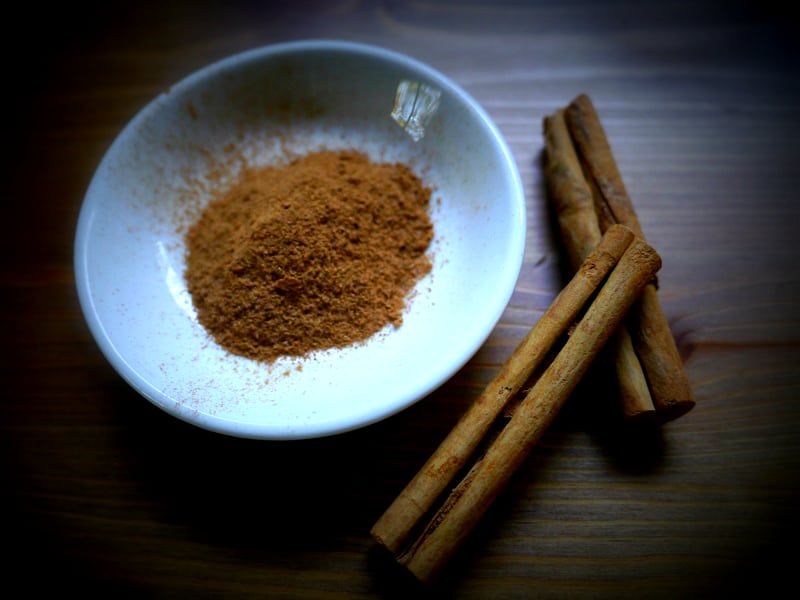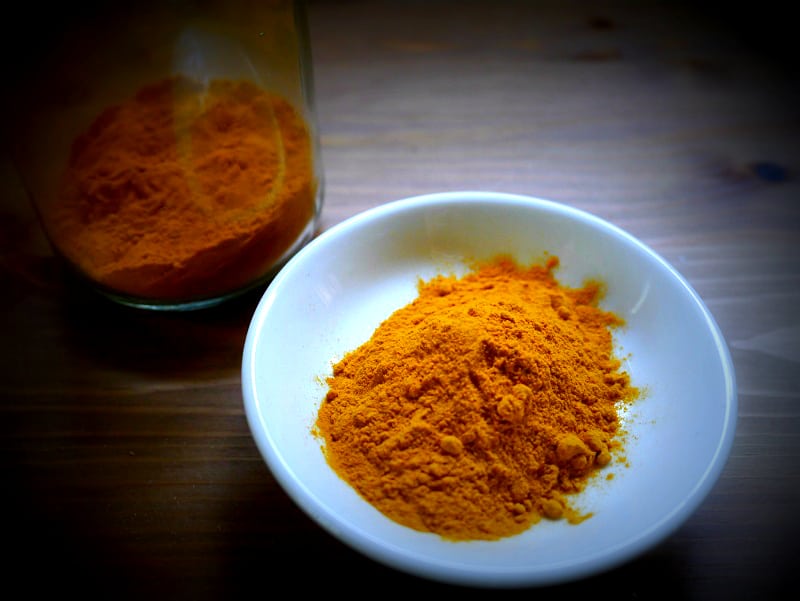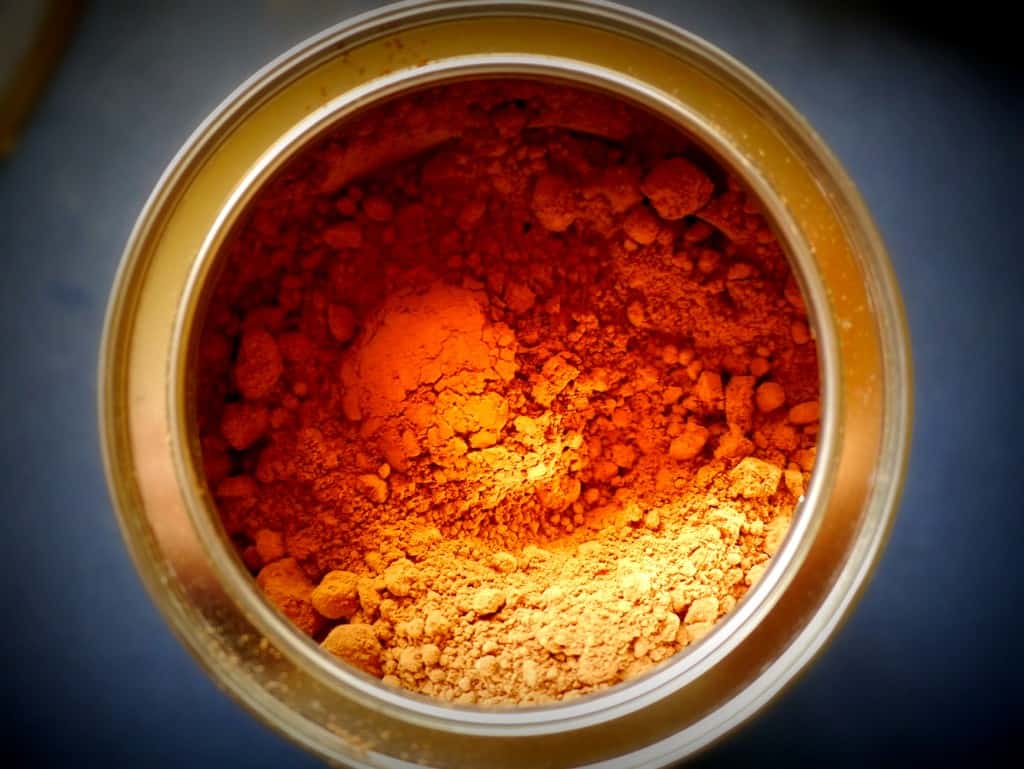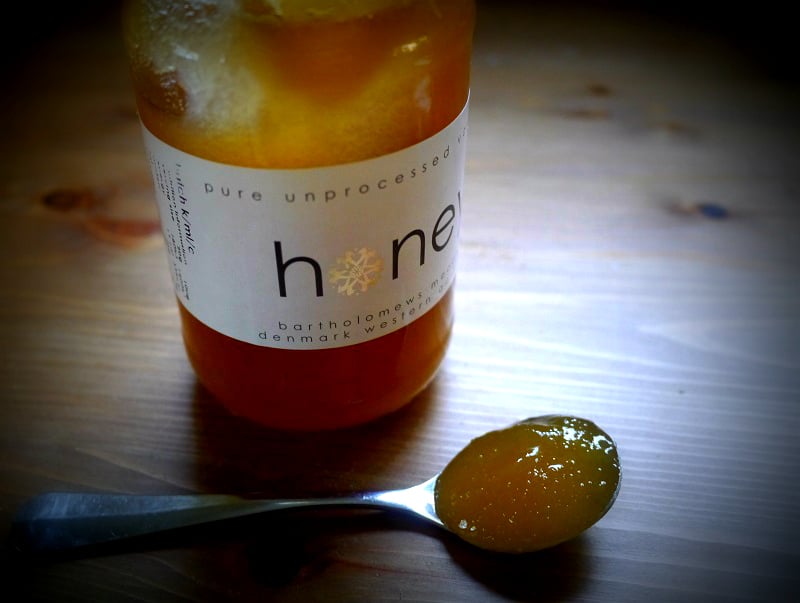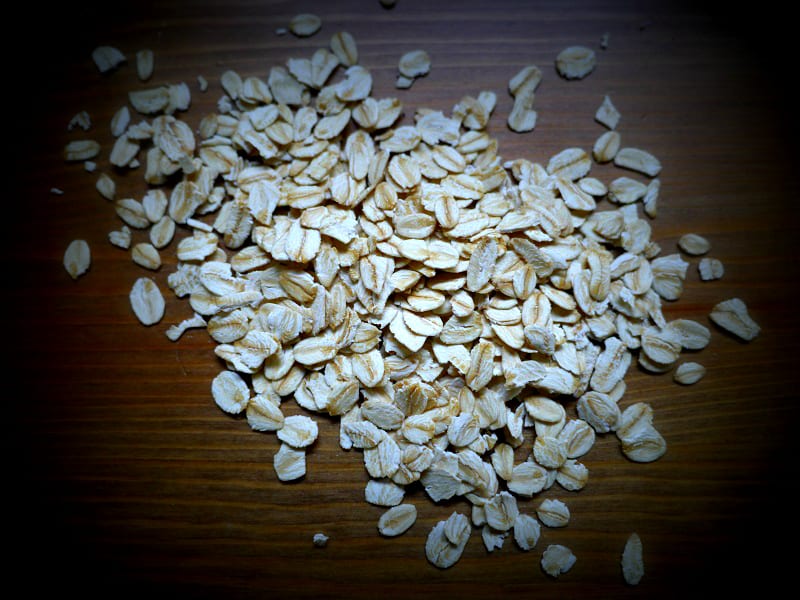Our Simple, Sustainable Wedding (Part 2)
In my last post I talked about our ideas for a simple eco-friendly wedding, and what that meant for us in real life when we got married in November! Here in Part Two I’m going to talk in more detail about the things we did to try to keep within our simple / low waste / sustainable living philosophy.
Our Wedding Philosophy
Our wedding philosophy was pretty straightforward – keep things simple! Do I need it? Can I borrow it? Can I hire it? Can I do without it? – Only after these four questions came the question – should I buy it?
Some things (like food!) we had to buy. Where we could, we used what we had. The venue had furniture, so we made use of it – why go to the trouble of hiring different furniture when there is some already there? We kept decorations to a minimum. We had very few preconceived ideas of how we’d like things to be, so this made it easier.
The Venue
We chose the bowling club because it meant people could be outside (and the view is stunning) and the bowls was a great way to keep people entertained. We wanted an informal space where people could spend time with the people they knew (no rigid seating plans required!) and get to know others freely.
Stationary
We didn’t bother with stationary – it seemed like a waste of resources. Invitations and envelopes and stamps, plus all that hand-writing (not to mention the time to to craft handmade cards)? No thanks.
Everyone has email these days, so we sent our invitations electronically (my delightful and talented sister designed them for us). We sent them via emails for those whose email addresses we had, Facebook for those that didn’t, and we printed two copies for the two people who didn’t have email addresses.
Simple, easy, quick. Job done!
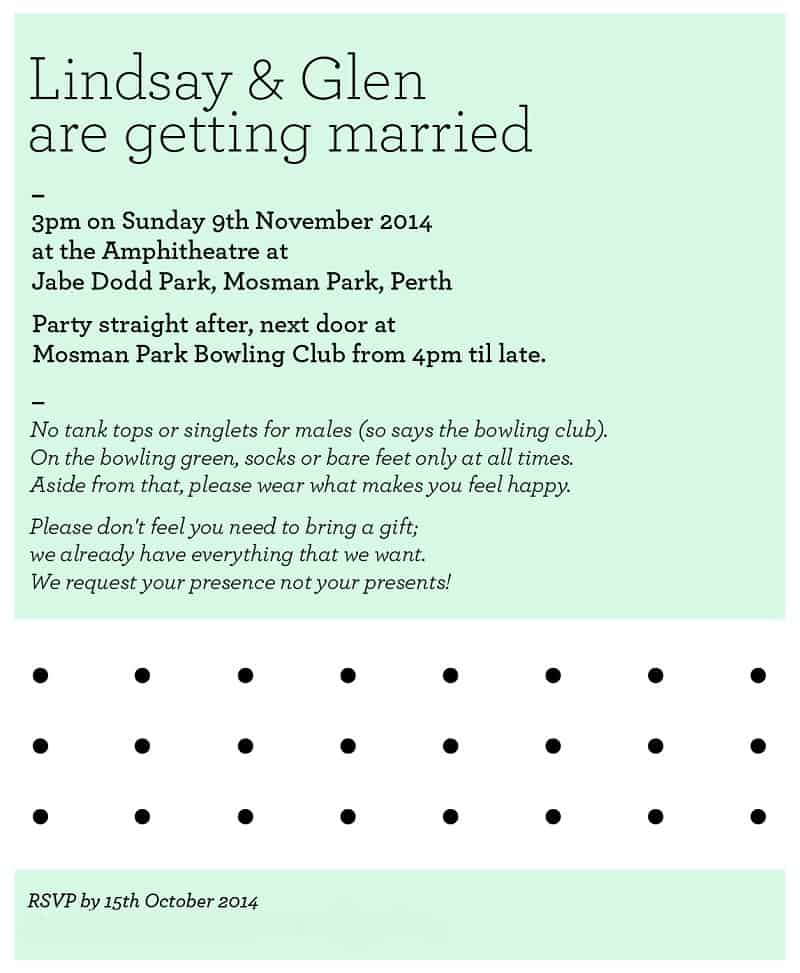
…and Paperless Invitations
The Dress
Ever since I was small, I never saw the point in traditional wedding dresses. I could never get my head around the idea of spending so much money on a dress you wear once. I’m not sure what horrified me more – the cost or the wastefulness! I definitely wasn’t one of those girls who dreamed about a princess wedding and a big fluffy meringue dress.
I had three ideas regarding dresses. Option 1 – find a second-hand wedding dress from a charity shop / eBay / vintage shop. Option 2 – find a sustainable eco wedding dress (a new dress but made with vintage or Fairtrade fabric). Option 3 – find a non-wedding dress that I was happy to get married in, but would also wear again.
Option 1 sounds like the most obvious sustainable choice. It also sounds like a lot of work… trawling around charity shops searching for wedding dresses in my size was not something that appealed to me. Dress shopping felt like a chore – I just didn’t want to spend that much time on it.
The shop I found in London specializing in sustainable wedding dresses cancelled the appointment i made a few months prior because they decided not to open on that day after all. Charming. That was my one and only flirtation with dress appointment booking.
I settled for the third option. I didn’t really have the time or inclination time to look for second-hand dresses. Instead, my sister and I spent a couple of hours in London looking in shops for a dress that I liked, fitted and I could wear again, and I bought my favourite. Yes, it was new. Yes, it was more than I intended to spend. No, it wasn’t vintage or sustainable. But I felt comfortable in it. I’ve already worn it for a second time. It’s off the shelf so it will be easy to sell for someone else to enjoy. Plus it only took 2 hours of my life to find it : )

The dress. Not recycled, or Fairtrade, but simple nonetheless.
The Rings
Our rings are made with recycled metal. I found an ethical jewellers in London called Ingle & Rhode, who specialize in Fairtrade and recycled metal wedding and engagement rings, and conflict-free gemstones. We both have plain metal bands: mine is gold and Glen’s is palladium with a brushed border. Simple and ethical.
The Flowers
I didn’t want to buy flowers that had been flown from interstate or overseas, and I didn’t want flowers that were grown artificially in hothouses either. I just wanted some colour. The solution? Glen’s mum and aunt raided their gardens for everything they could find, my boss donated a whole heap of flowers from her garden too and we arranged them in old jam jars. There was no colour scheme to worry about – whatever was growing in gardens on the day would do!
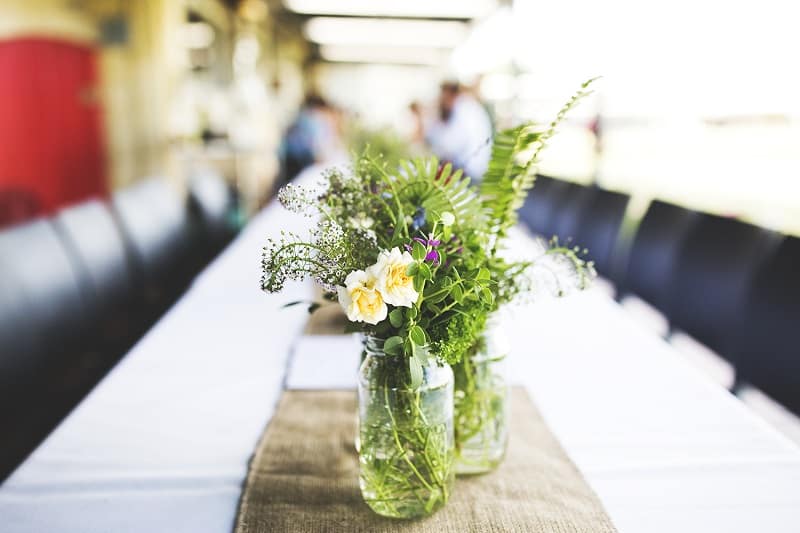
Freshly picked garden flowers in jam jars. Simple but effective. Some of our guests took them home afterwards so they didn’t go to waste!
I wasn’t going to bother with a bouquet, but a friend pointed out that it’s good to have something to hold. I do have a tendency to flail my arms about the place, so I relented. She suggested a single giant protea. As fate would have it, Glen and I stayed in an airbnb place before the wedding, and in a vase in the kitchen were 6 giant proteas! So I borrowed one and wrapped the stem in twine. You are meant to have something borrowed at your wedding, aren’t you?!
Total flowers spend: Zero.
Hair and Makeup
There was never any doubt I’d do these myself. I washed my hair with my usual bicarb and vinegar method. I made do with the make-up I already had – it’s not something I wear often, so most of it is pretty old, but it was good enough!

Bicarb and vinegar hairwashing isn’t just for everyday – it’s good enough for weddings too! (My friend in the photo is also a convert)
The Decorations
The bowling club where we held the wedding reception was a dated building with a beautiful view. It looked like a bowling club. The simplest thing was to accept that it looked like a bowling club. Spending thousands of dollars on silks to drape about the place wouldn’t have changed the fact it was a bowling club.
So we accepted it for what it was, and didn’t worry about trying to transform it. We did do a few things to brighten it up, though.
A friend of mine was making white lacy bunting out of old tablecloths and curtains for her own wedding and kindly lent it to me for the day to hang about the place.
I used jam jars to put the flowers in – some from home, many more borrowed. I also used some old tins (fished out of the recycling bins at a local cafe – with permission!) that I wrapped in hessian ribbon and wrapped in twine. Some were used inside for flowers and others for cutlery.
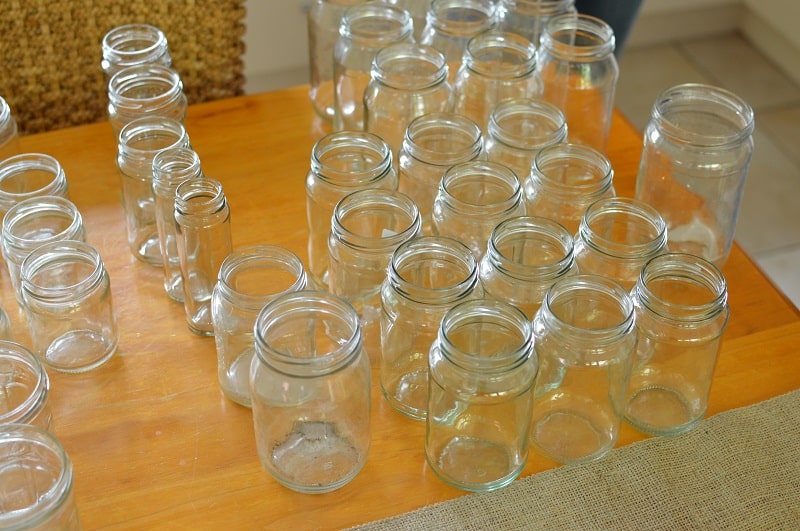
Sorting and cleaning jam jars for the flowers
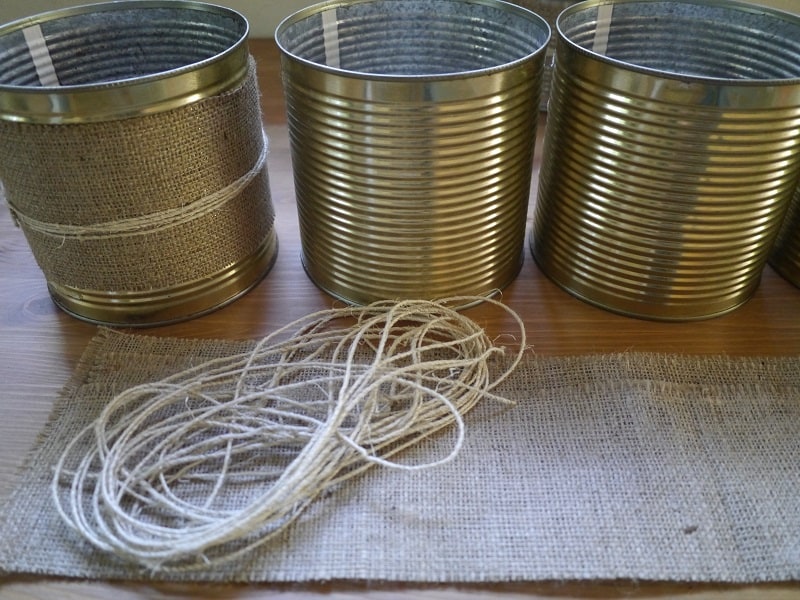
I sourced these old tin cans from a local cafe, wrapped in hessian and tied with twine to make flower containers and to use for cutlery.

The finished hessian tin cans
One of the things I did buy was hessian. It was the most natural, undyed fabric I could find, and I thought I’d be able to use it afterwards – or compost it at least! As well as wrapping the tins, I bought two 6m lengths to use as table runners. My plan is to cut this up and sew two together to make place mats to use at home.
The other thing I bought was beeswax candles, made in Australia by a company called Queen B. The bowling club only had fluoro tube lights, which aren’t the most atmospheric! I didn’t want to buy string fairy lights. I found some zero-waste inspired beeswax candles in tiny glass jars that can be refilled with wax and reused again and again. They weren’t cheap, but they were sustainable, plastic-free, natural, reusable, locally produced…how could I use anything else?!
We hired tablecloths and tea cups to put pistachio nuts in. The end result:
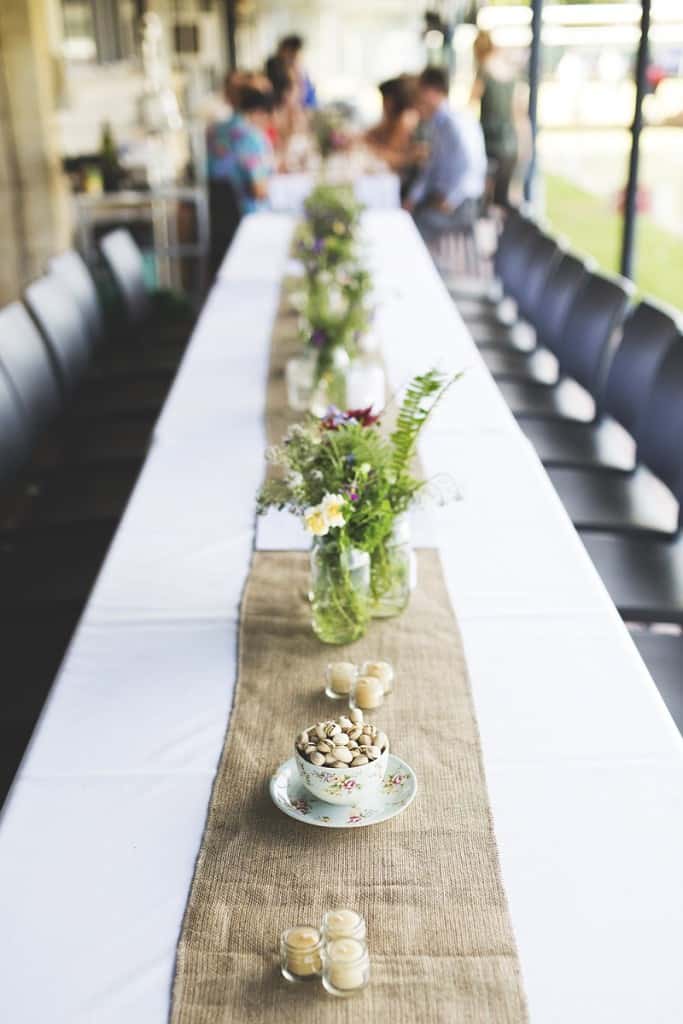
Our minimal simple decorations: upcycled jam jars, flowers from the garden, a hessian runner and beeswax candles.
The Food
One of the first things we decided on was hiring a pizza oven. After all, who doesn’t like pizza?! I wanted cake first (it’s all about priorities) so we decided on cake at 4pm and pizza at 6pm. The savoury bits were added after a friend suggested that not everybody would want cake at 4pm (Really?! Is that true?! Surely not!). We didn’t bother with a wedding cake -far better to have normal cake that everyone wants to eat!
All the food was made by local businesses; our friend made the Indian treats as a wedding gift. Sadly we didn’t get a photo as it was all demolished by the time we got to the reception after the family shots – but at least it meant everything was delicious!
Oh, and I made sure we brought enough containers so that any leftovers could be taken home safely – no food waste here!
The Drinks
To avoid packaging waste, we only served tap beer and cider (no bottles or cans). Wine was served in bottles (we made sure all the wine was produced in Western Australia), and soft drinks were served in jugs. No straws or other plastic in sight! We also had tea (loose leaf English breakfast in tea pots) and coffee. Plus we had a compost bin for the used tea leaves and coffee grounds!
When Everything Comes Together
Keeping things simple meant that the lead up to the wedding was pretty relaxed. People kept saying to us: “oh, you must be so busy!” We’d feel slightly worried, and ask each other: “Busy doing what, exactly?!” But there wasn’t lots to do. We booked the venue, bought outfits, found catering, sent out invites… and got on with our lives. There was no stress – what was there to be stressed about?
It wasn’t the greenest wedding ever. It wasn’t the cheapest wedding ever. It wasn’t the simplest wedding ever. It was, however, everything we could have hoped for (I won’t say everything I dreamed of, because I’ve never dreamed about my wedding – I’m just not that sort of girl!). We weren’t trying to prove anything, after all.
We were just trying to celebrate our day in a way that reflected who we are – and that’s what we did.
[leadpages_leadbox leadbox_id=1429a0746639c5] [/leadpages_leadbox]
Disclaimer: I loved the Queen B zero waste beeswax candles so much that I am now (since 2018) a proud affiliate. This means that if you click the link and choose to make a purchase, I may be compensated at no extra expense to you. I would never recommend a product I didn’t believe in or think that you, my readers, would appreciate.


